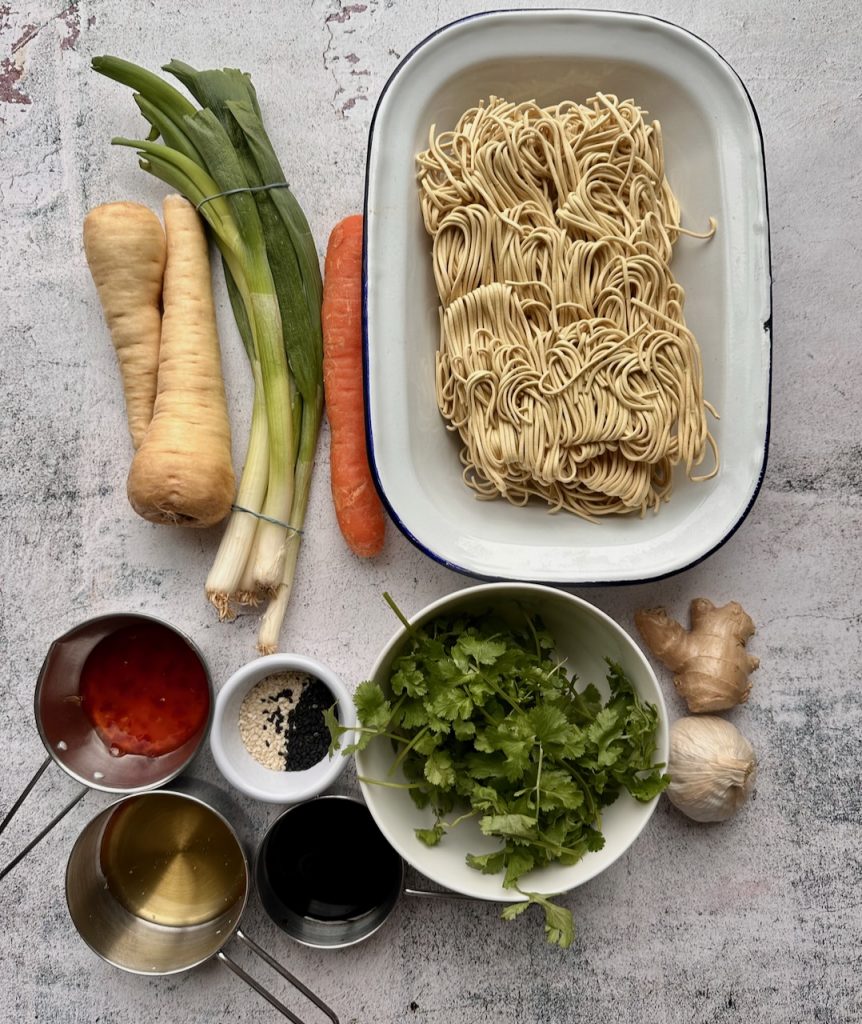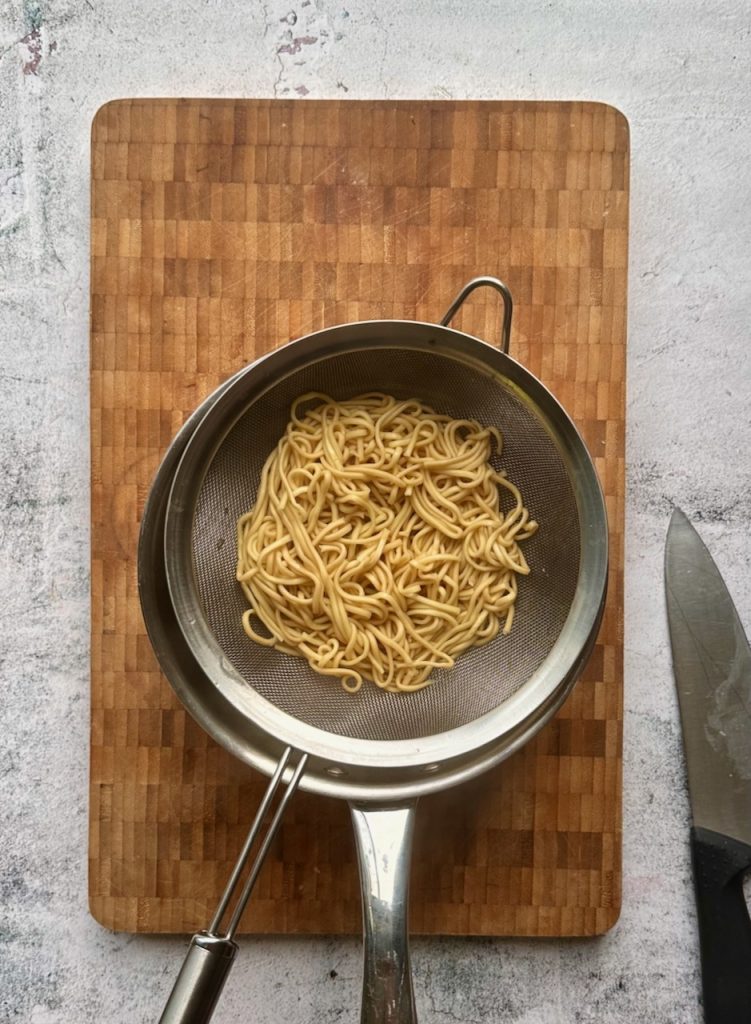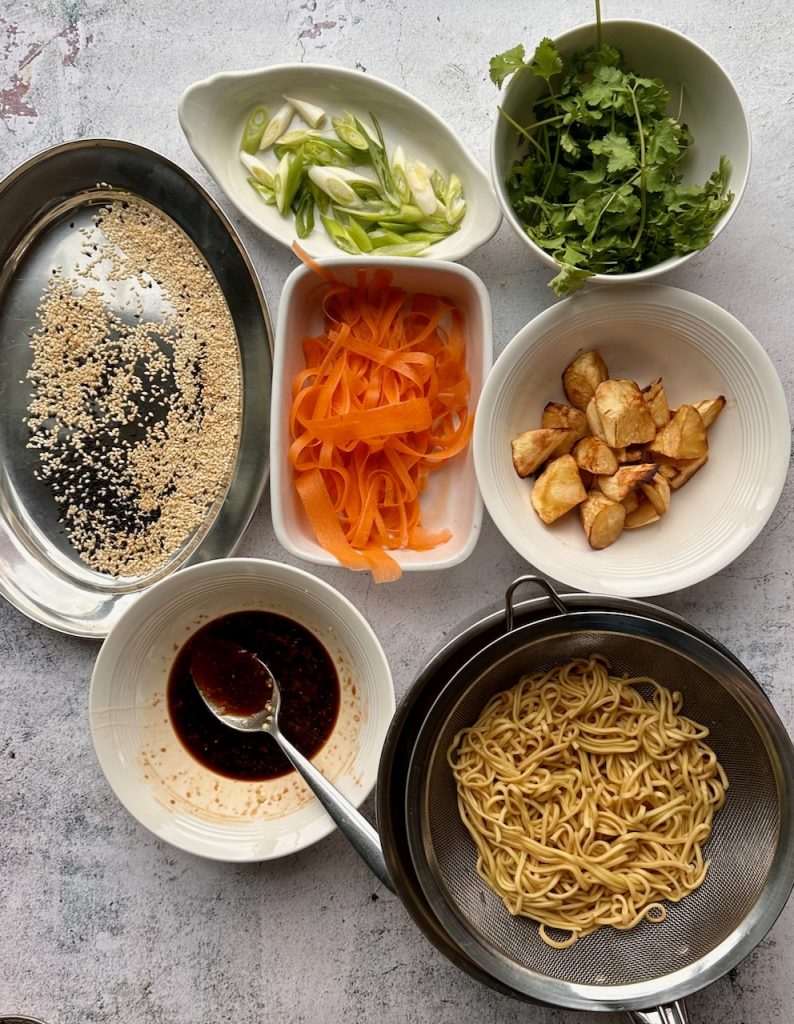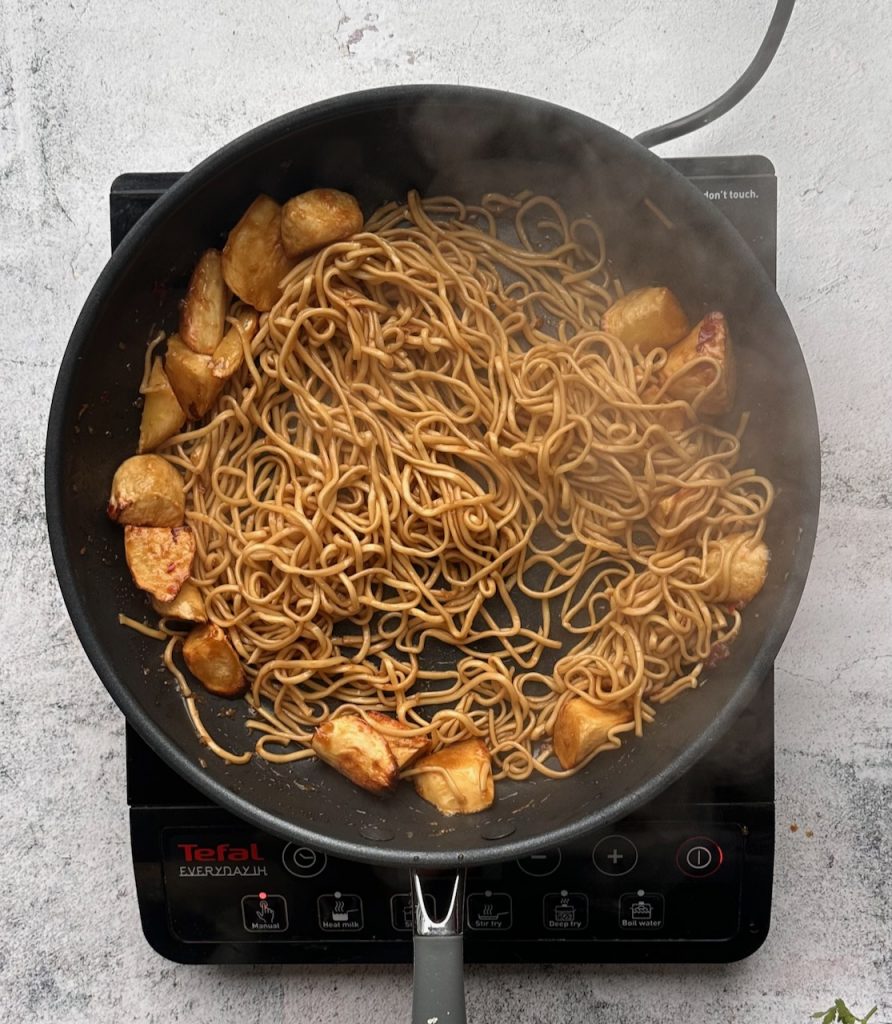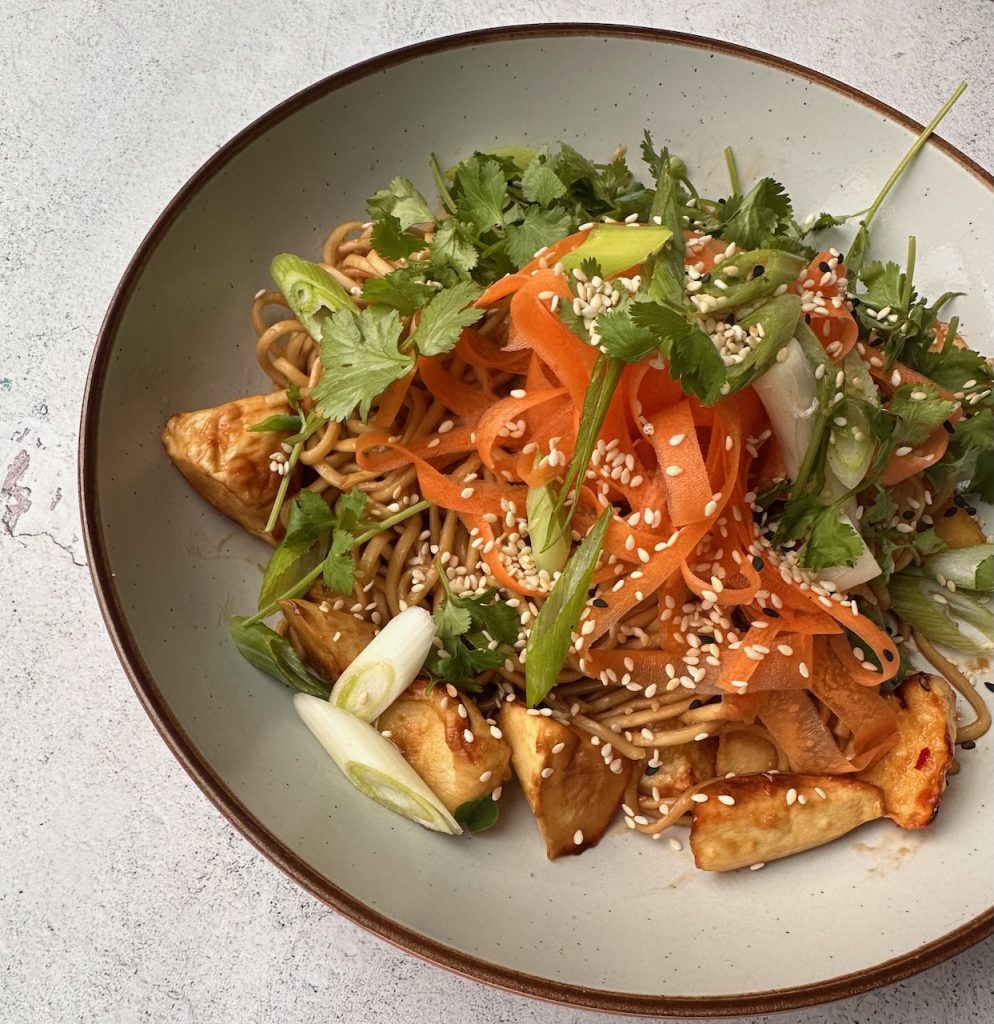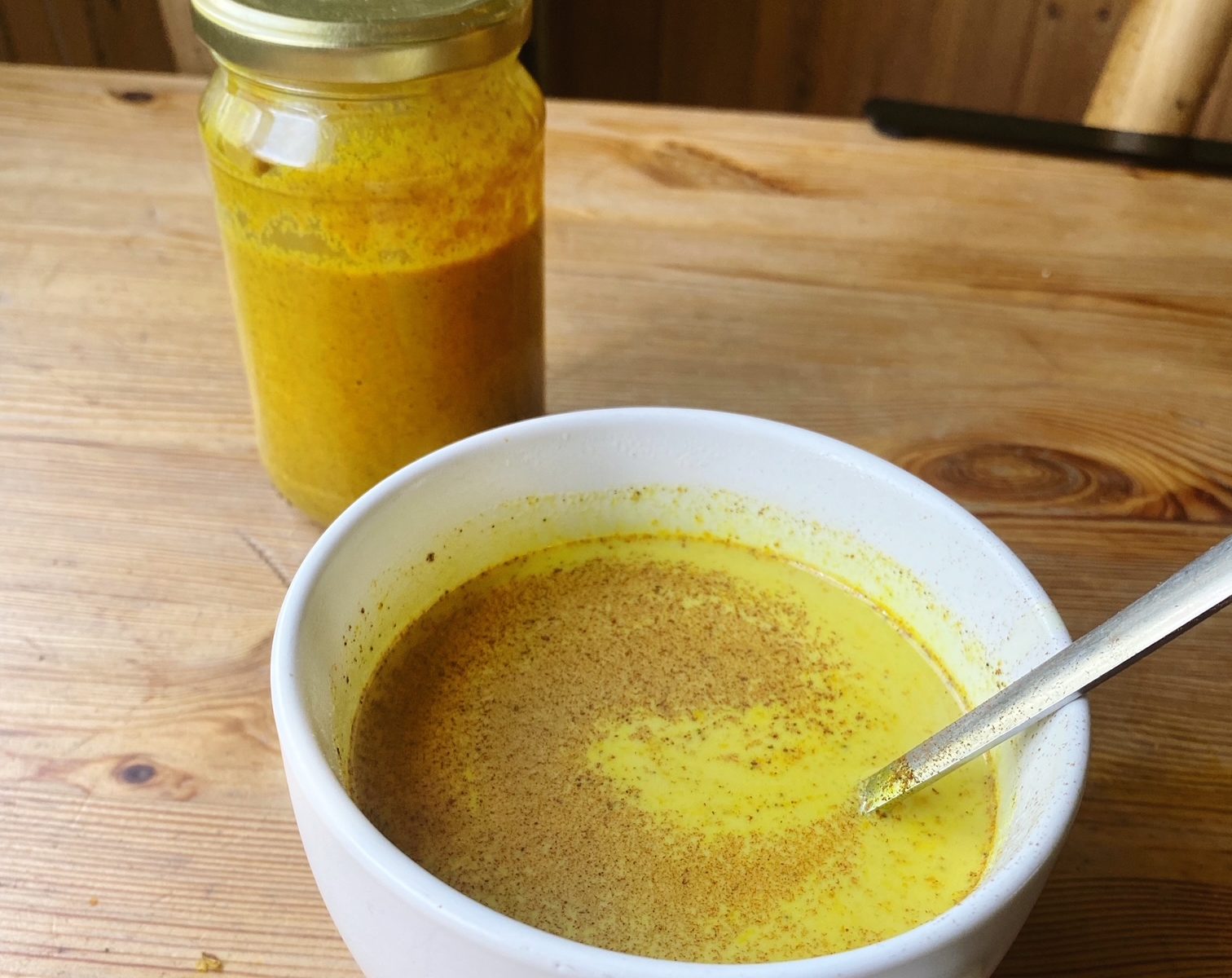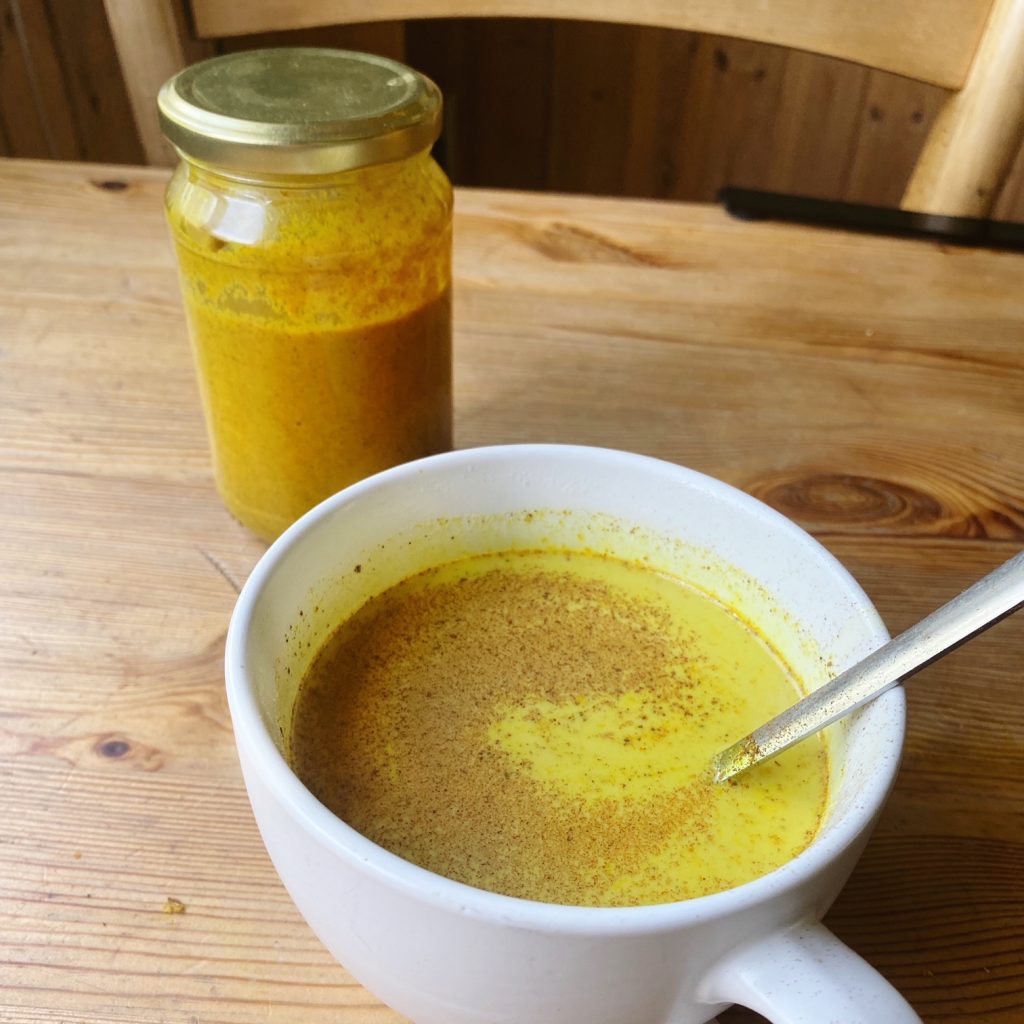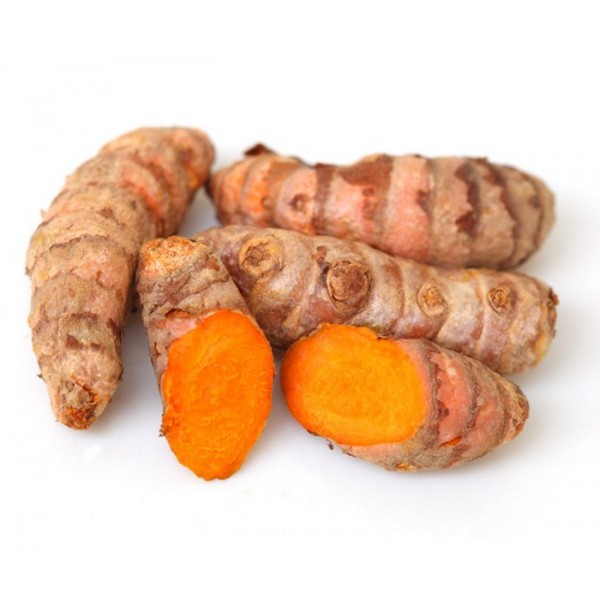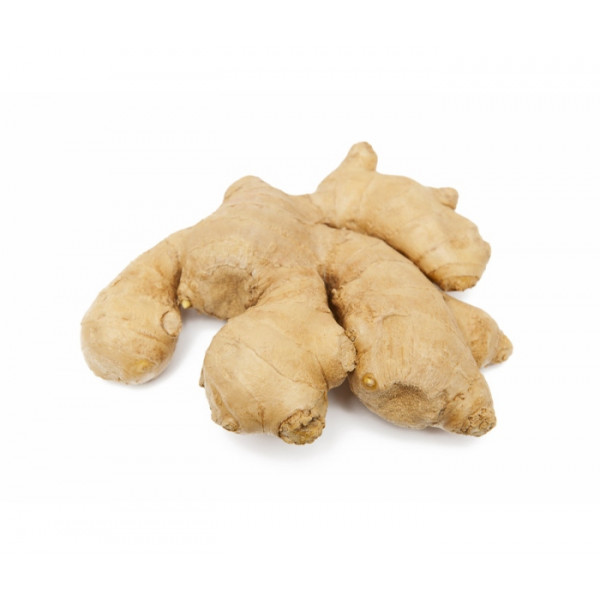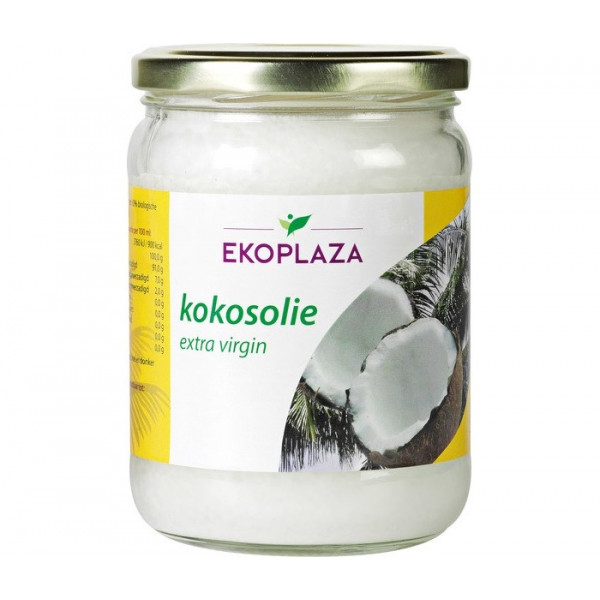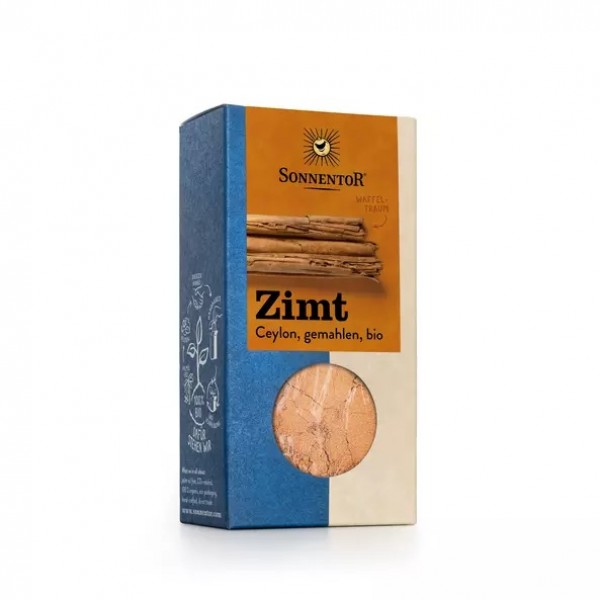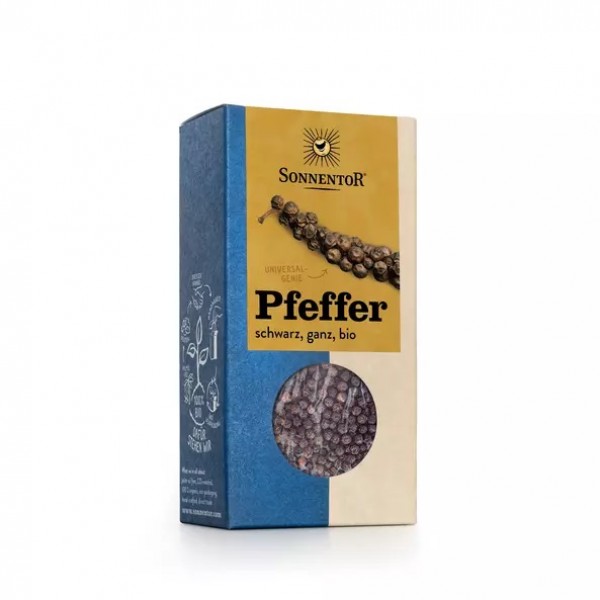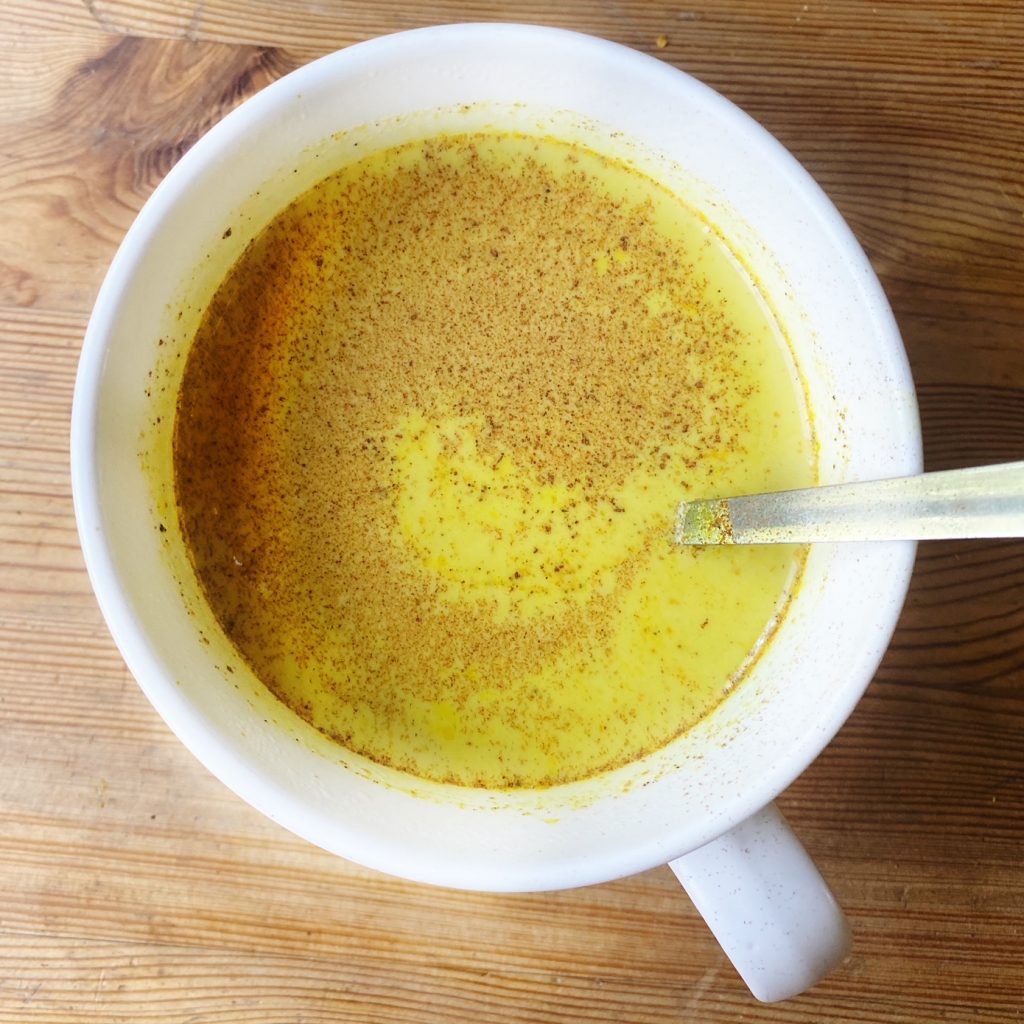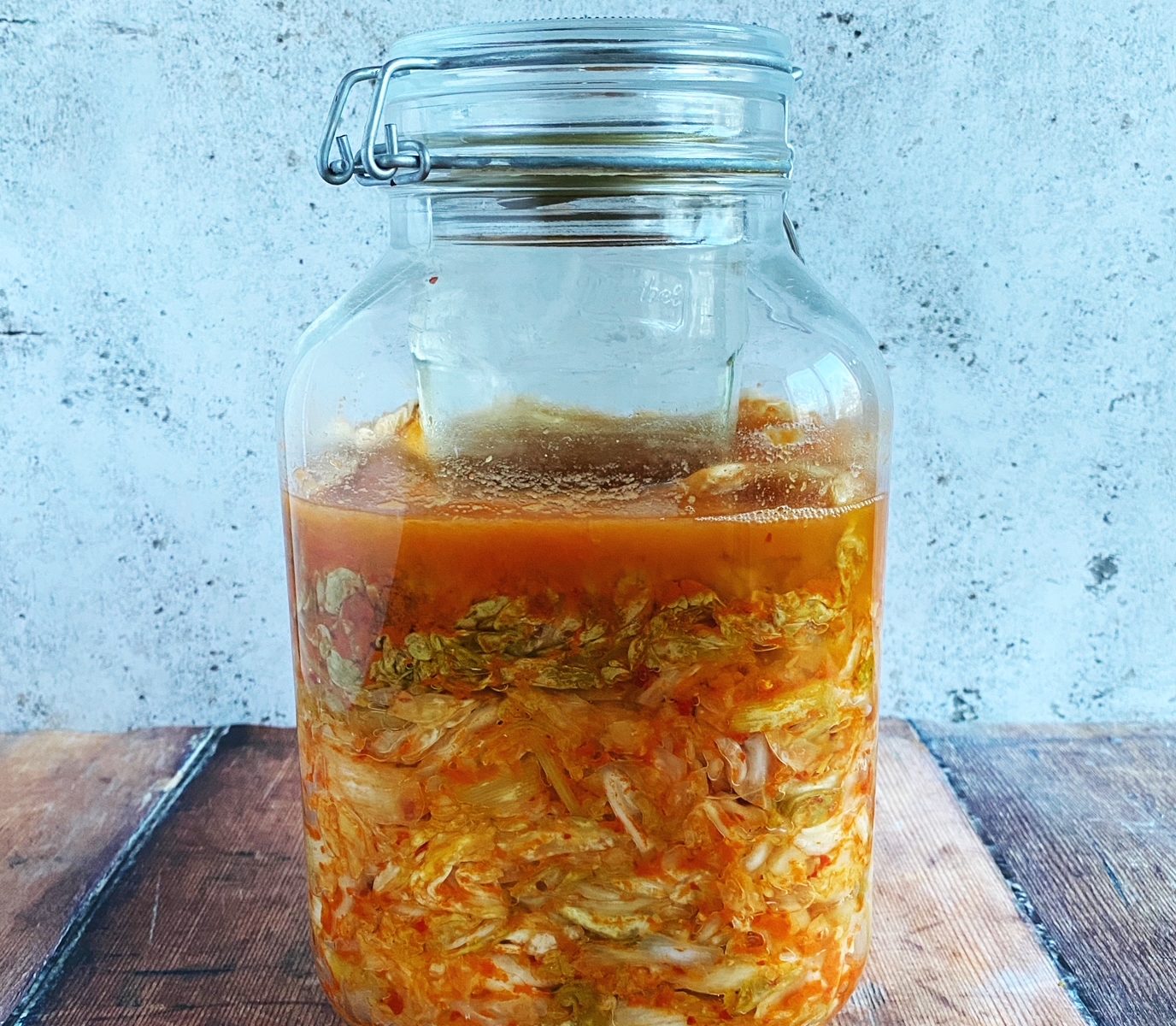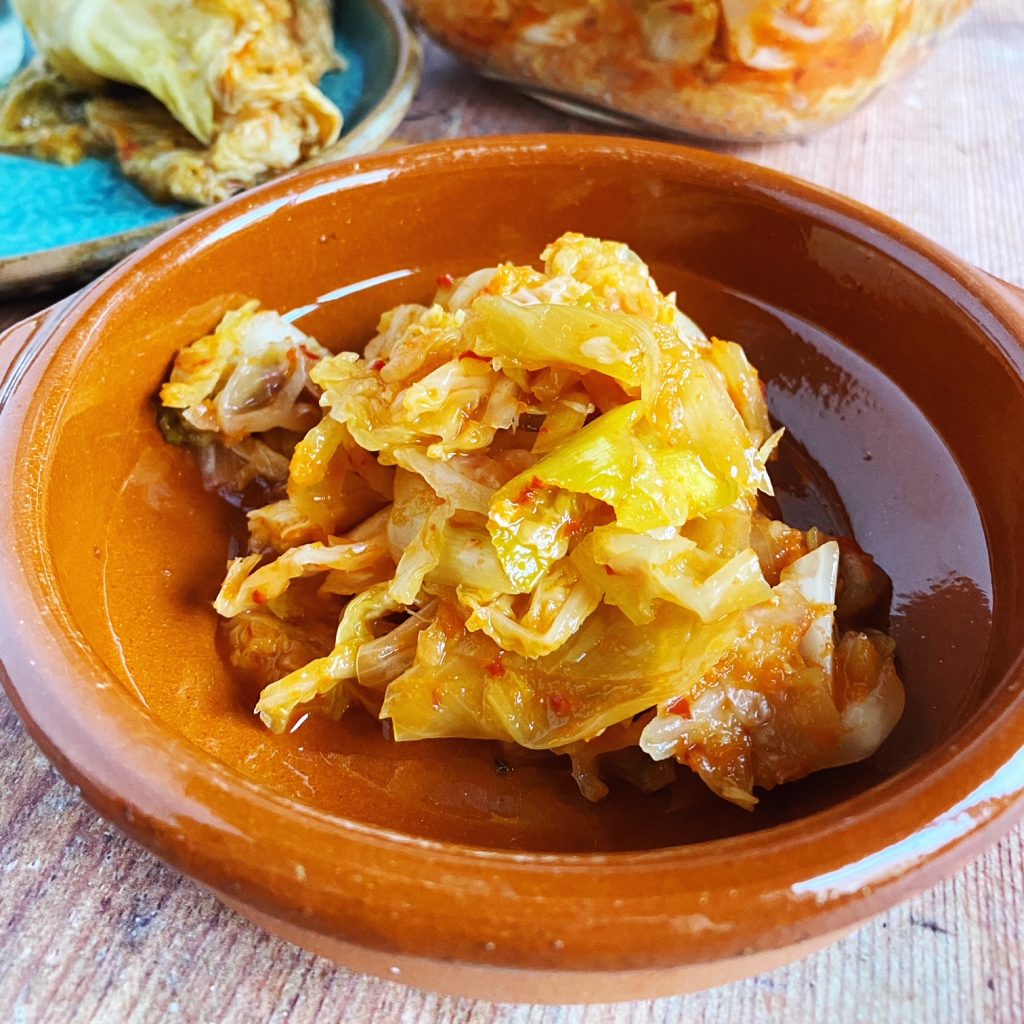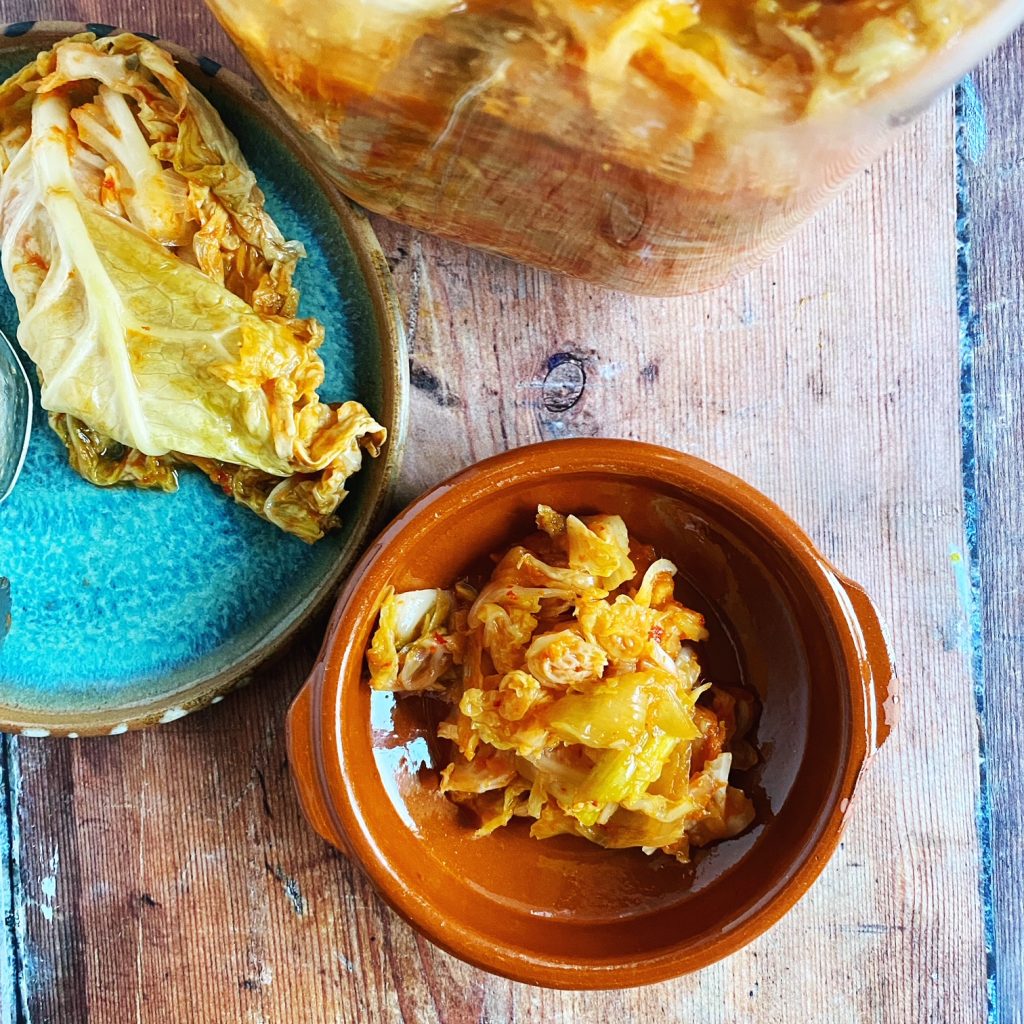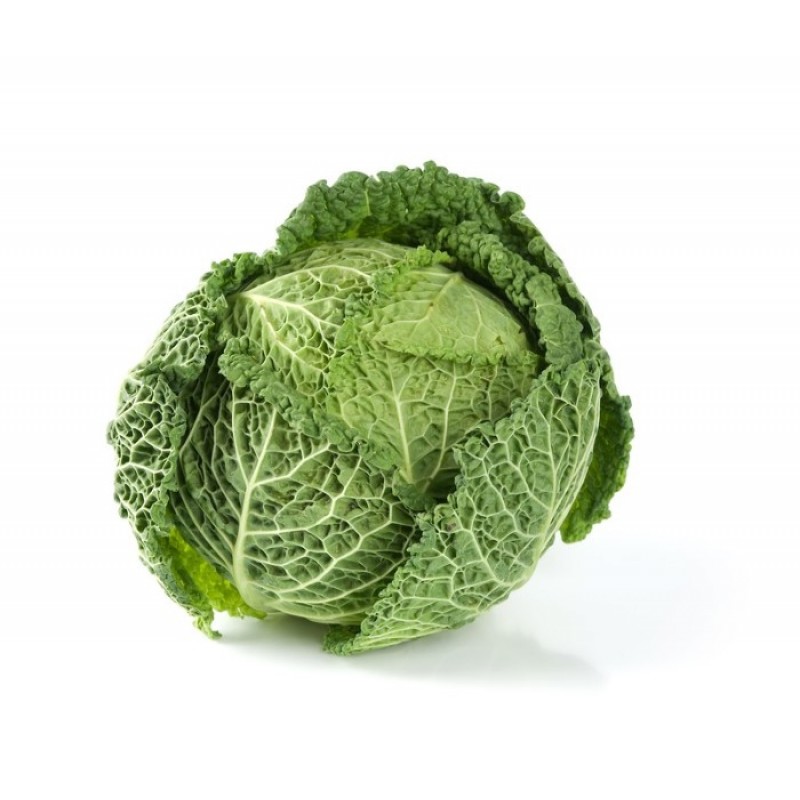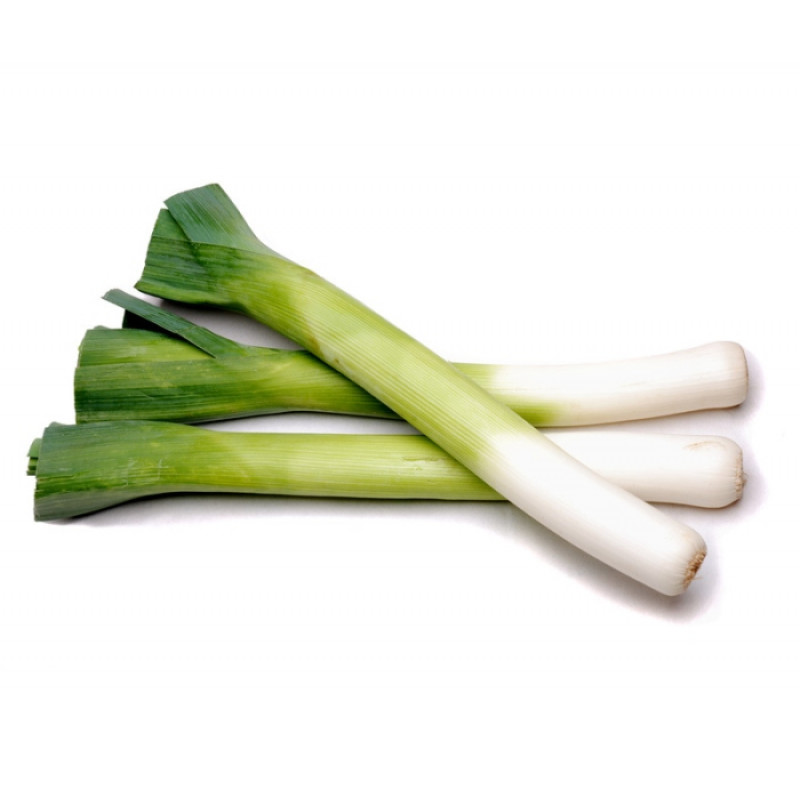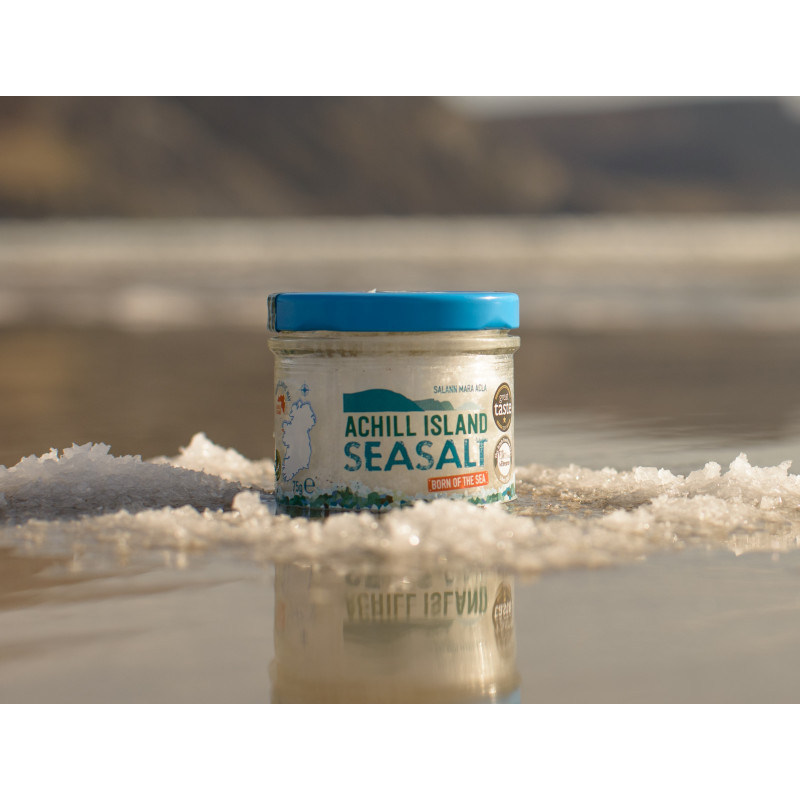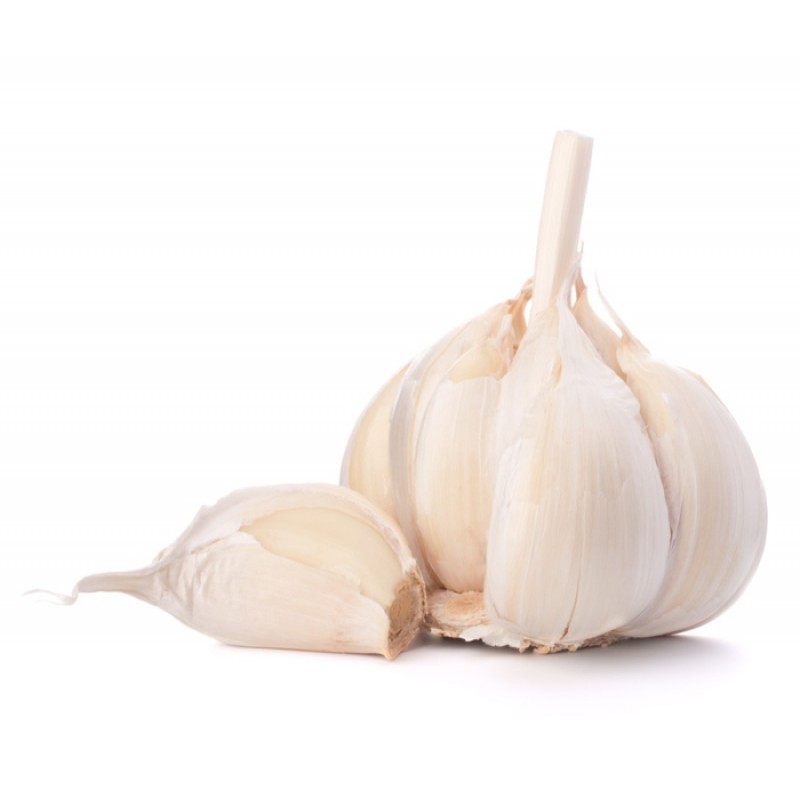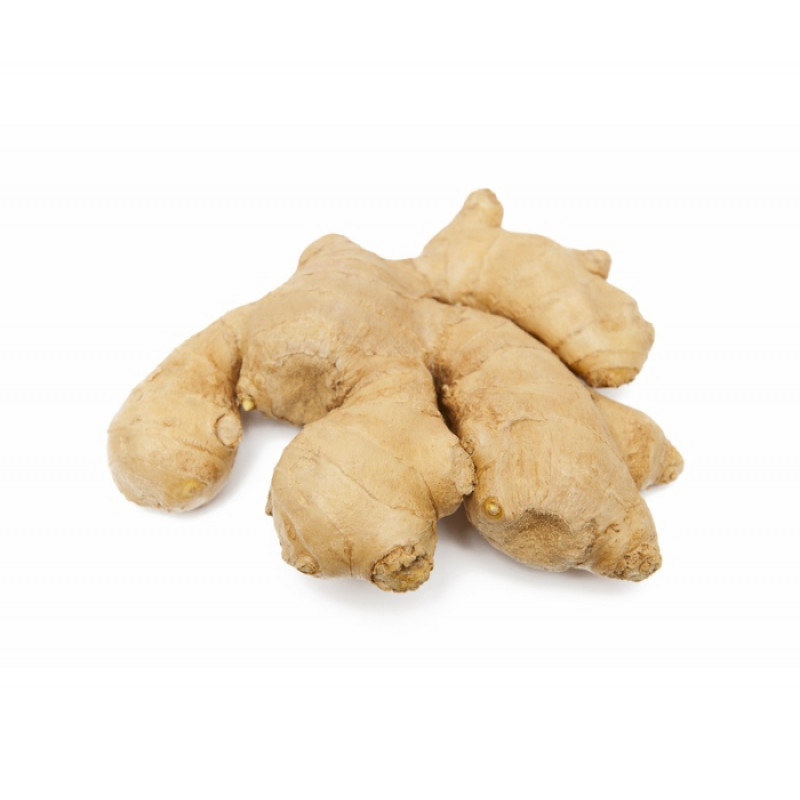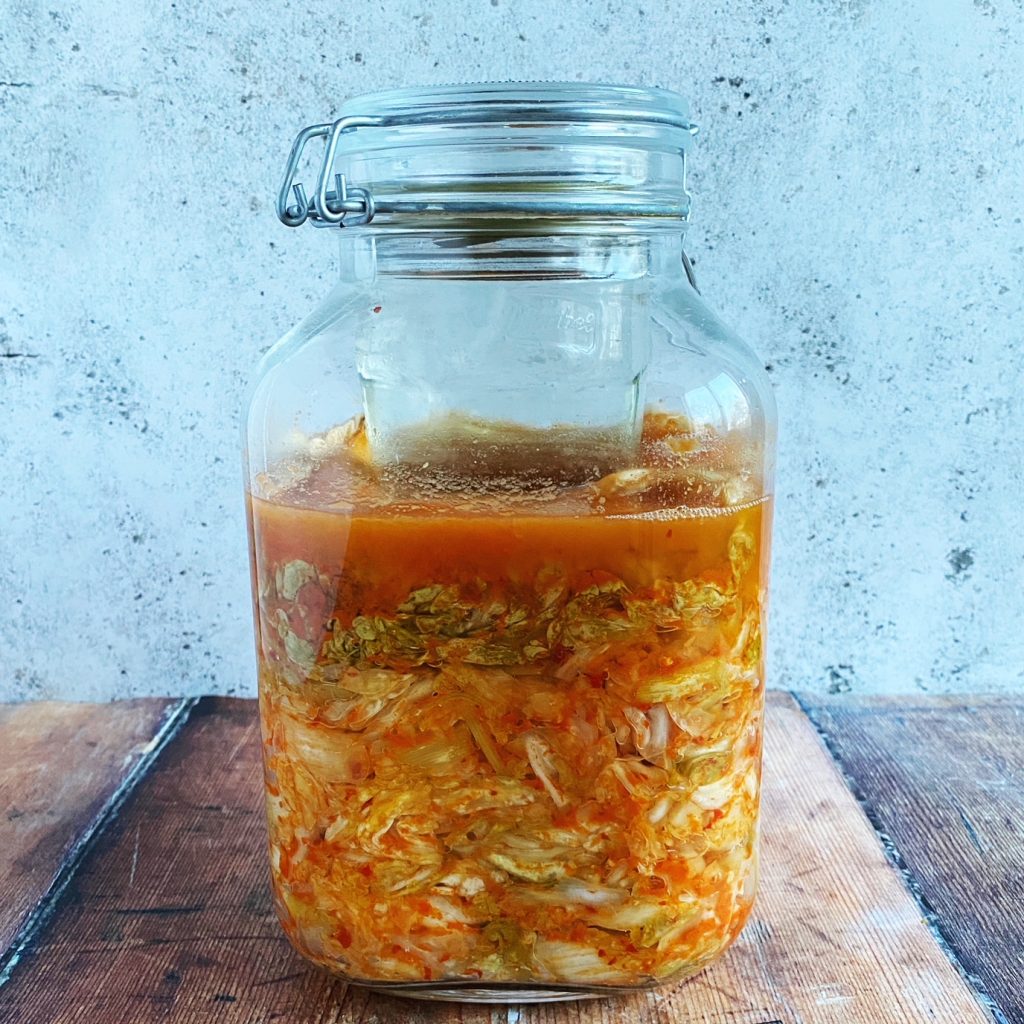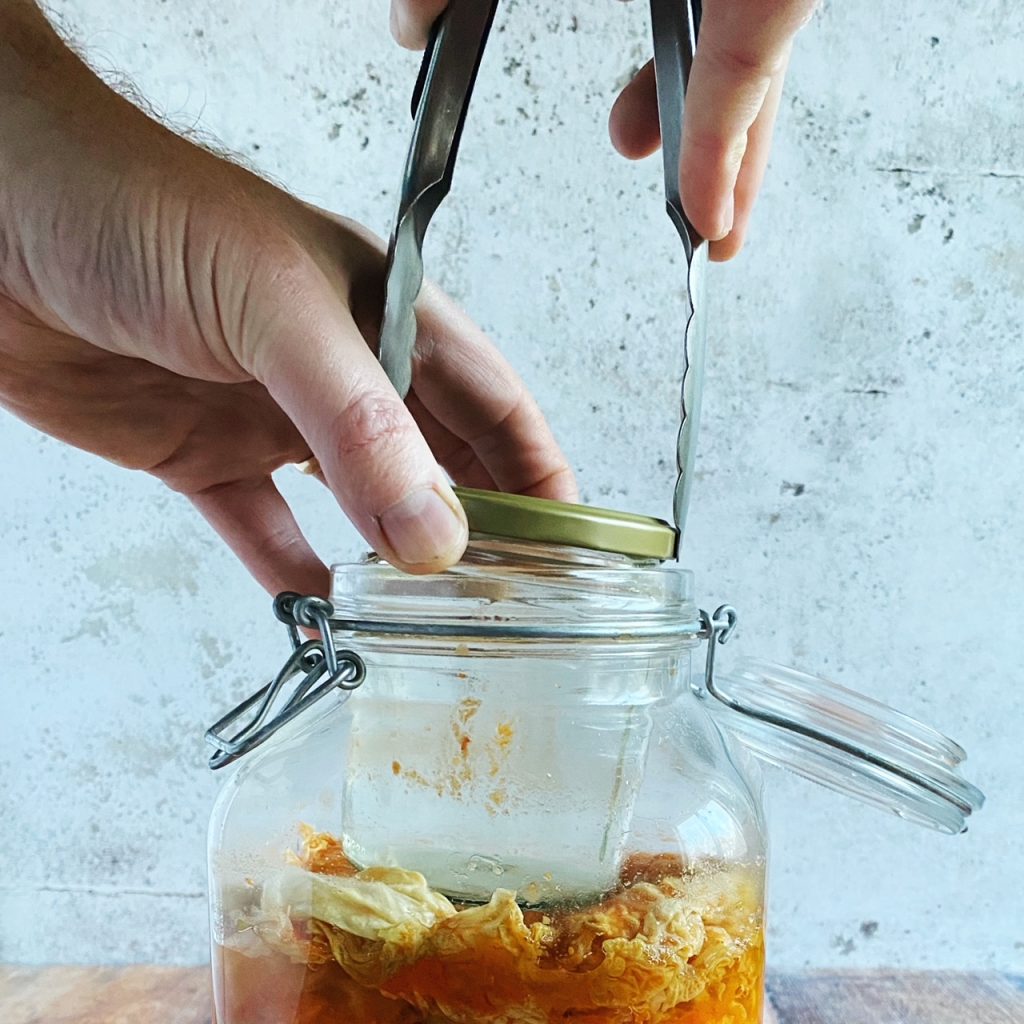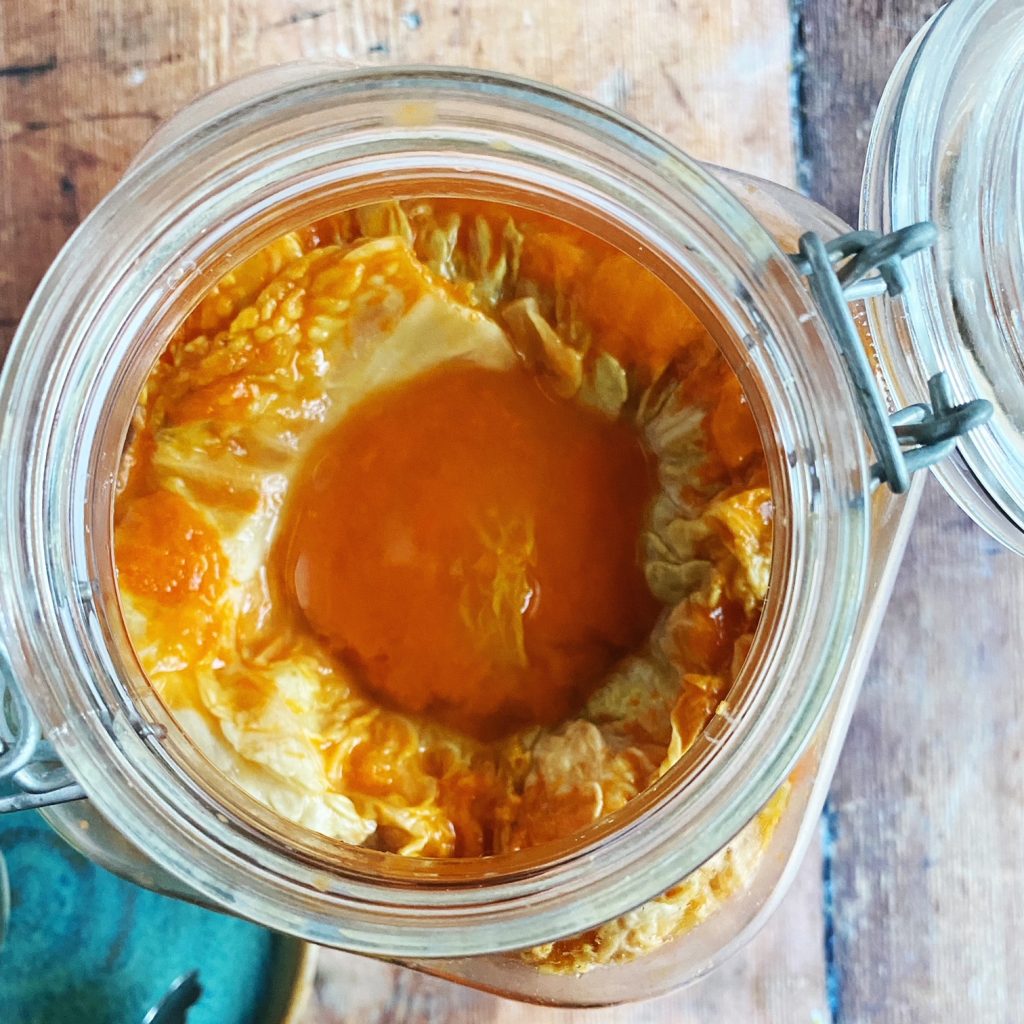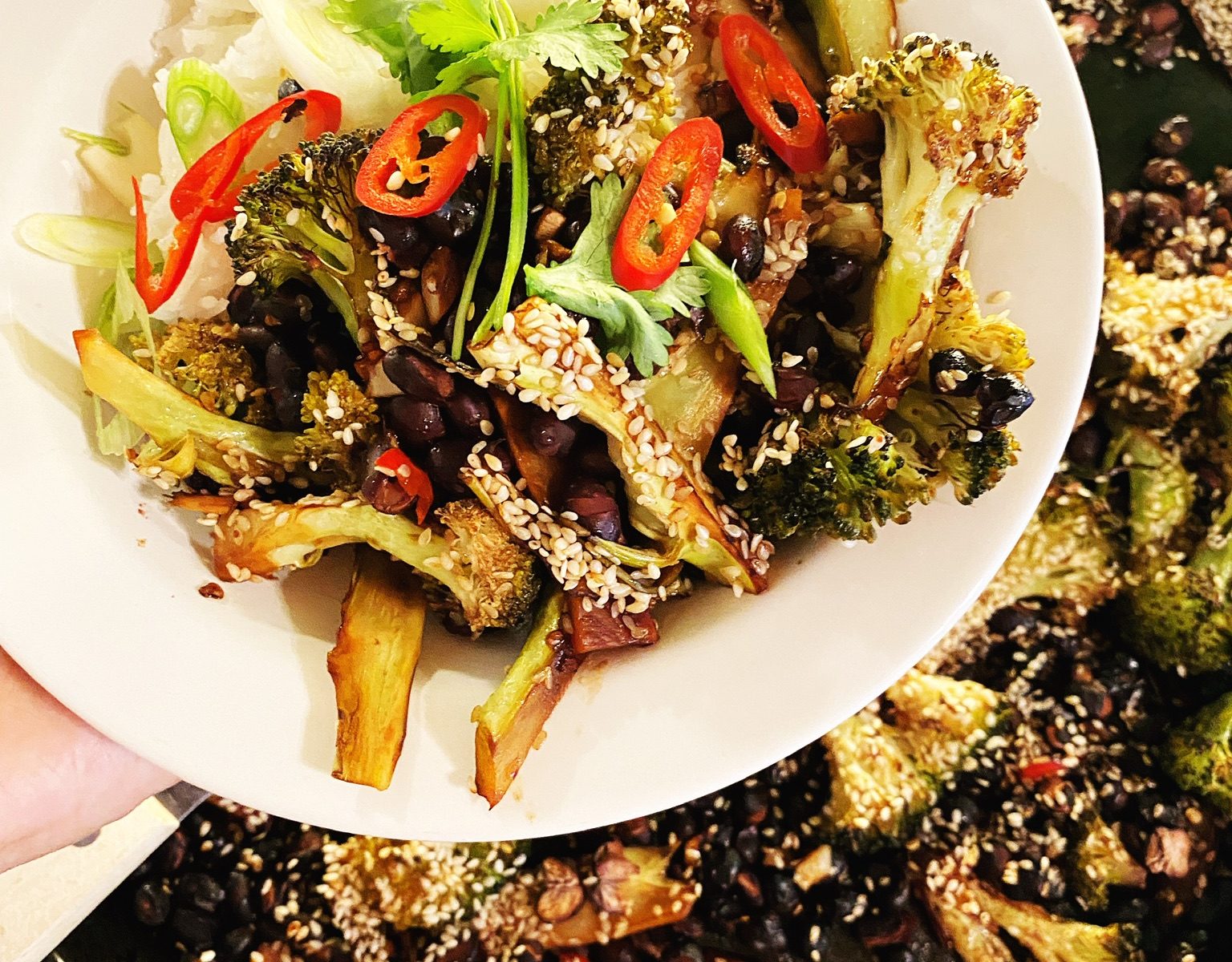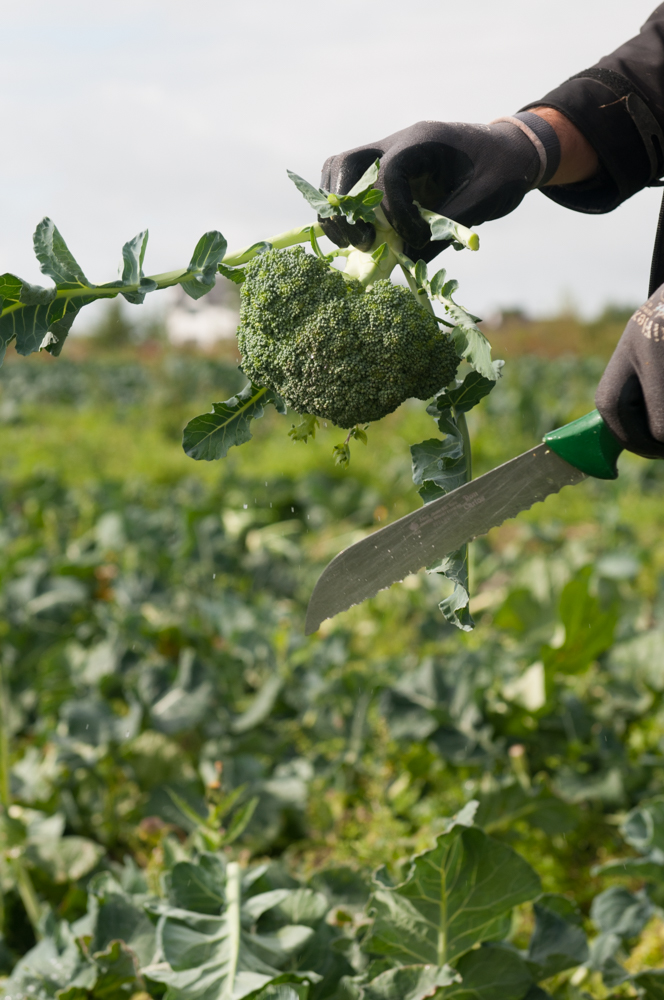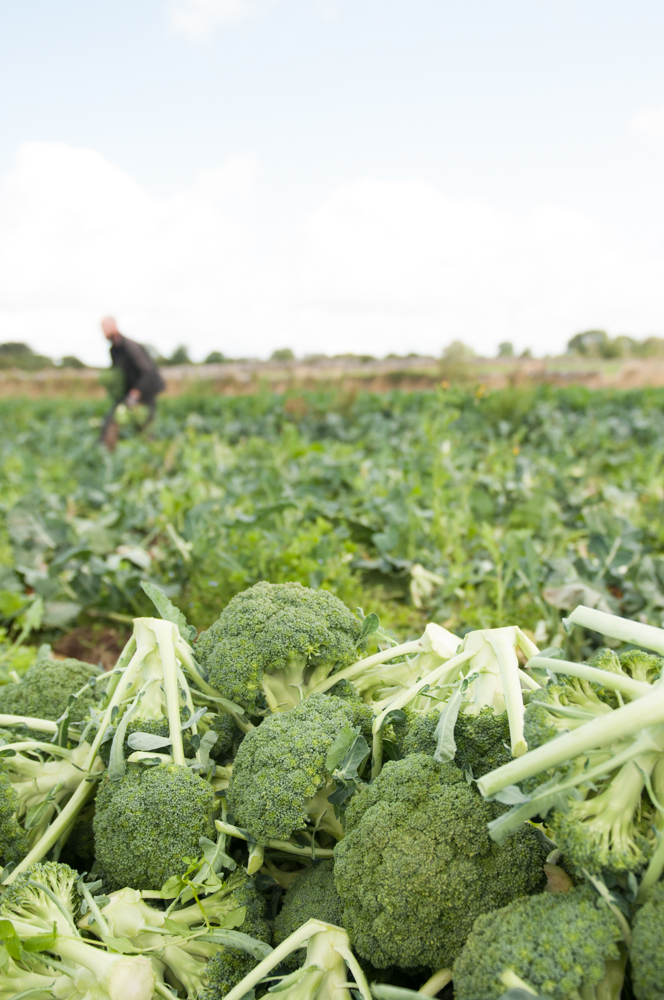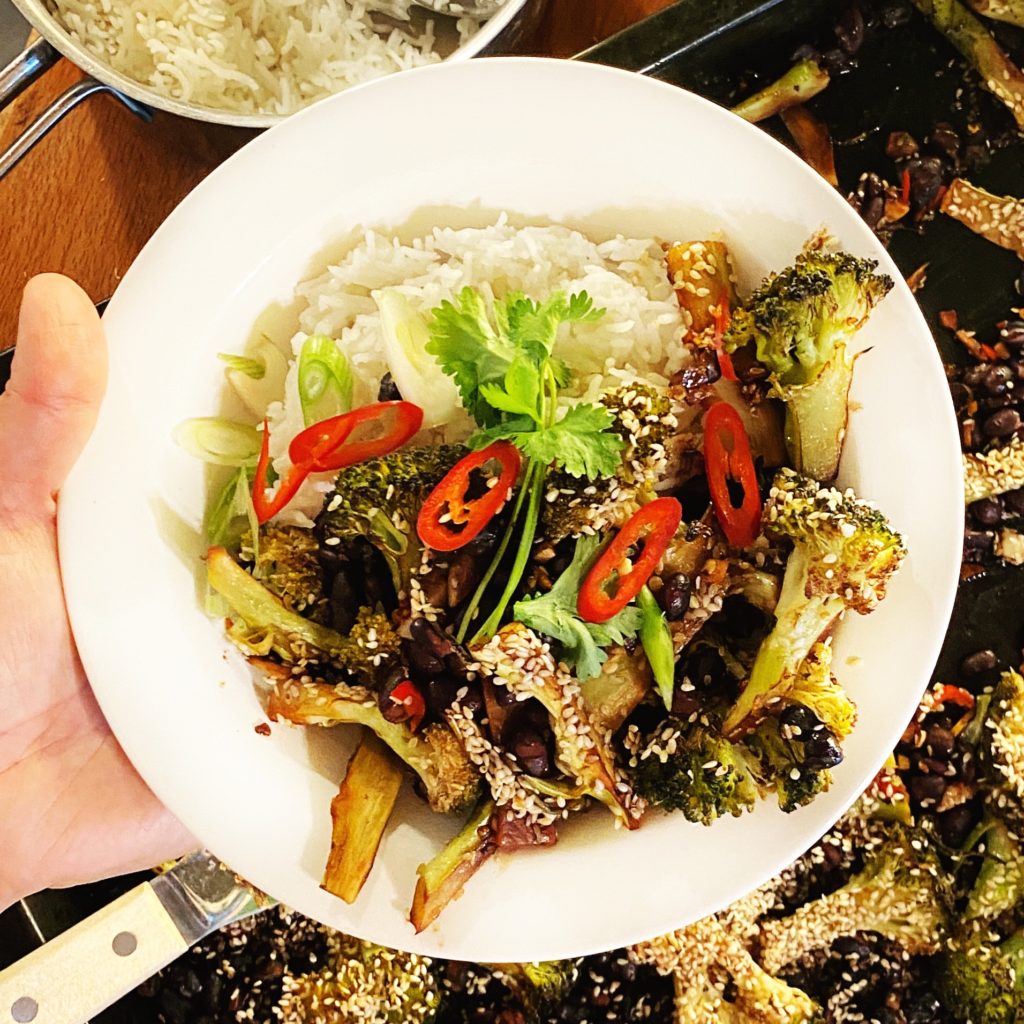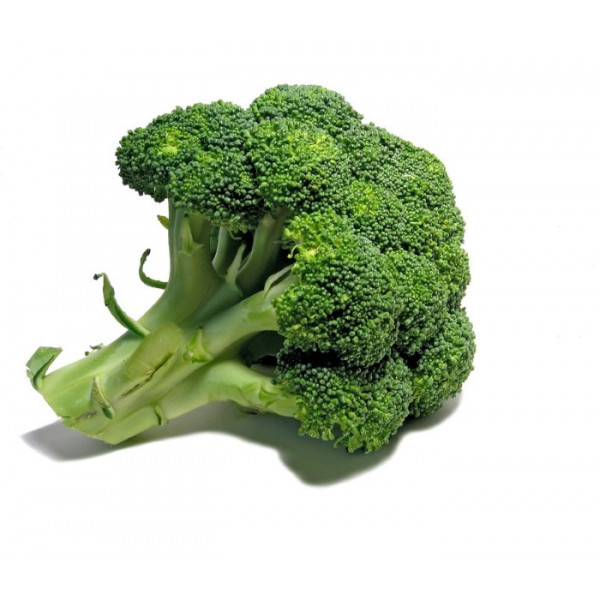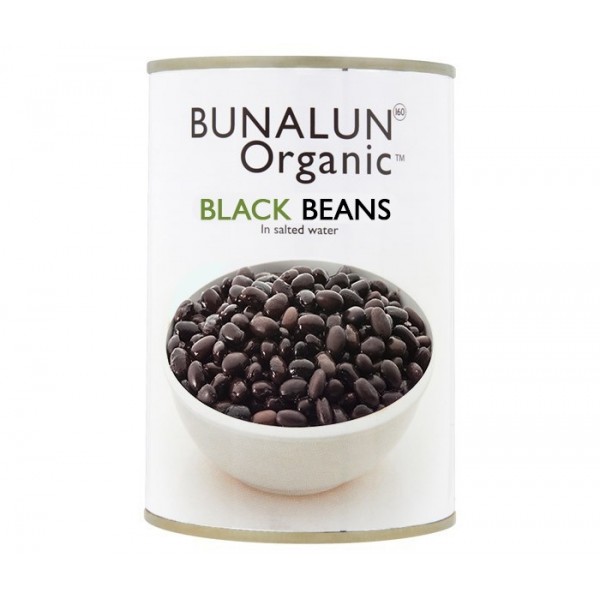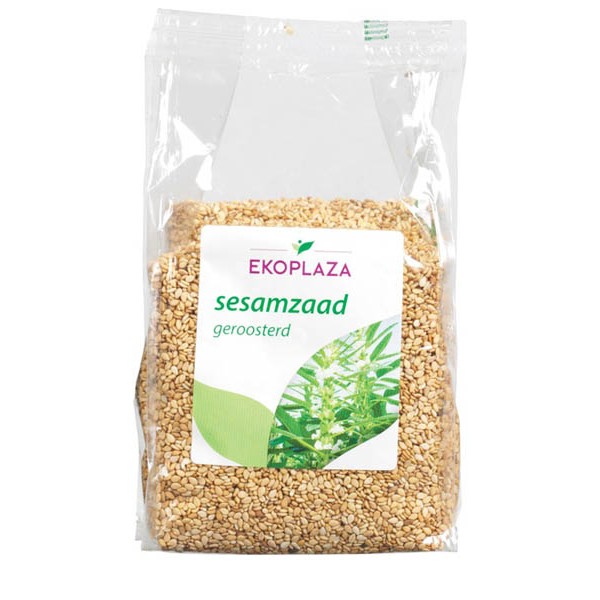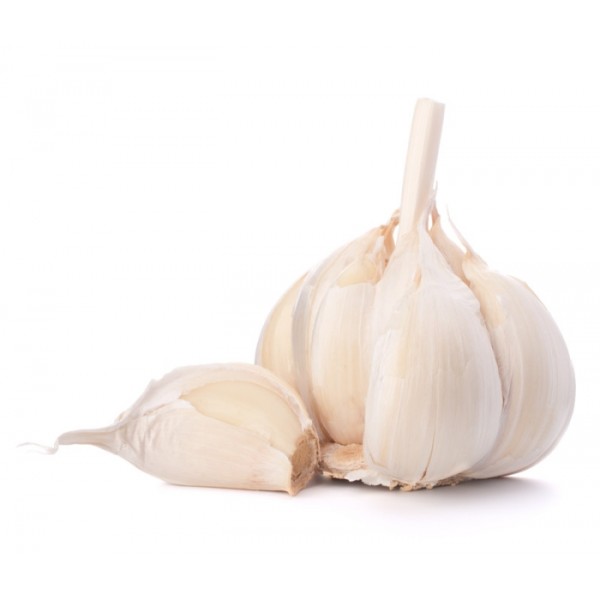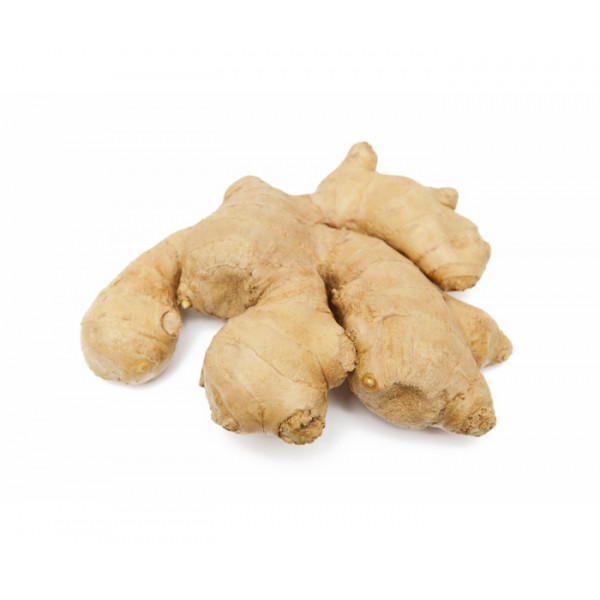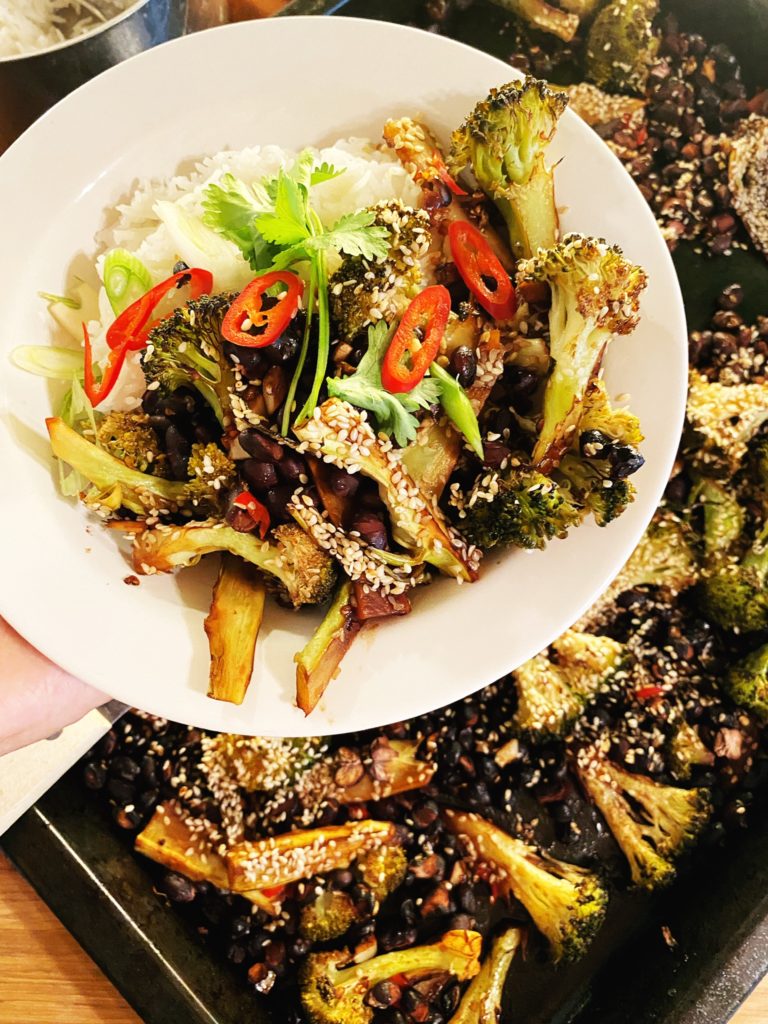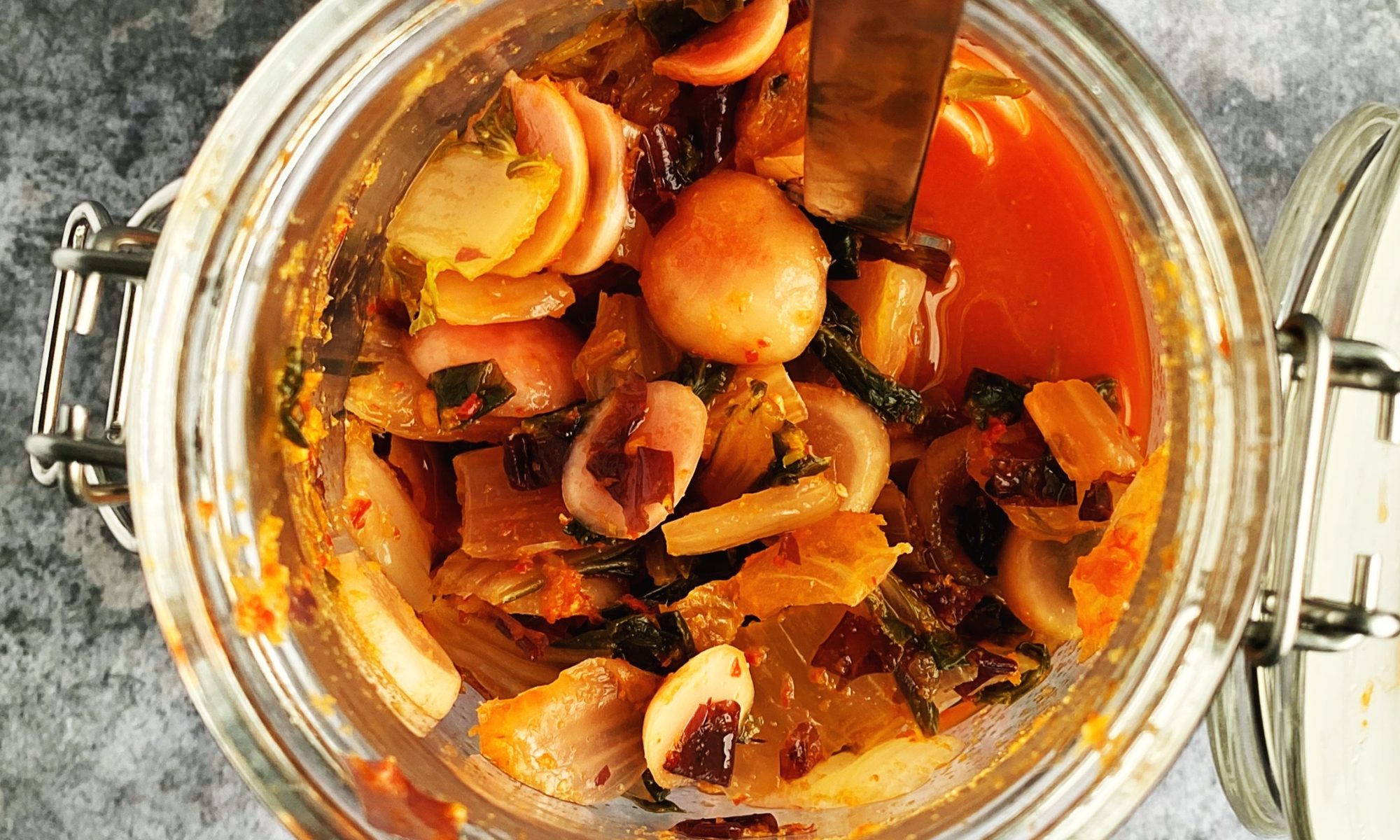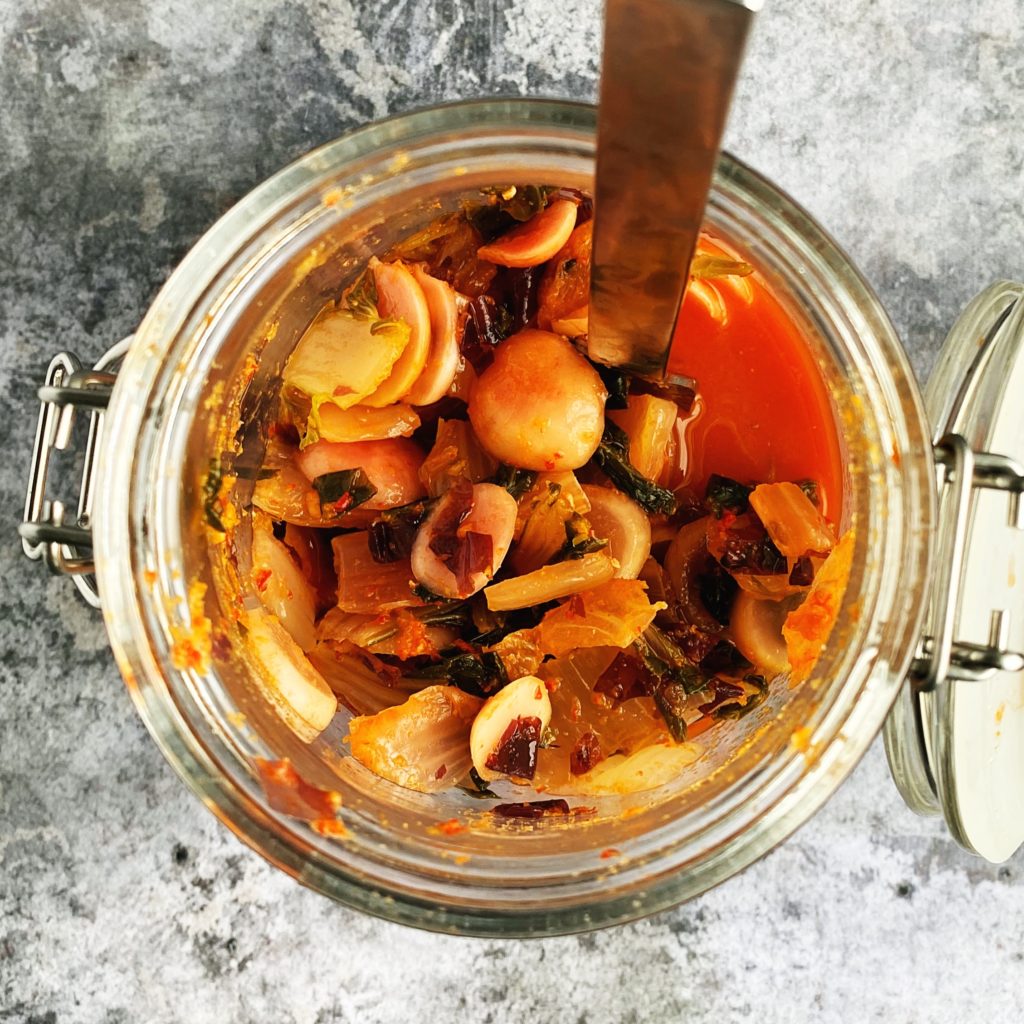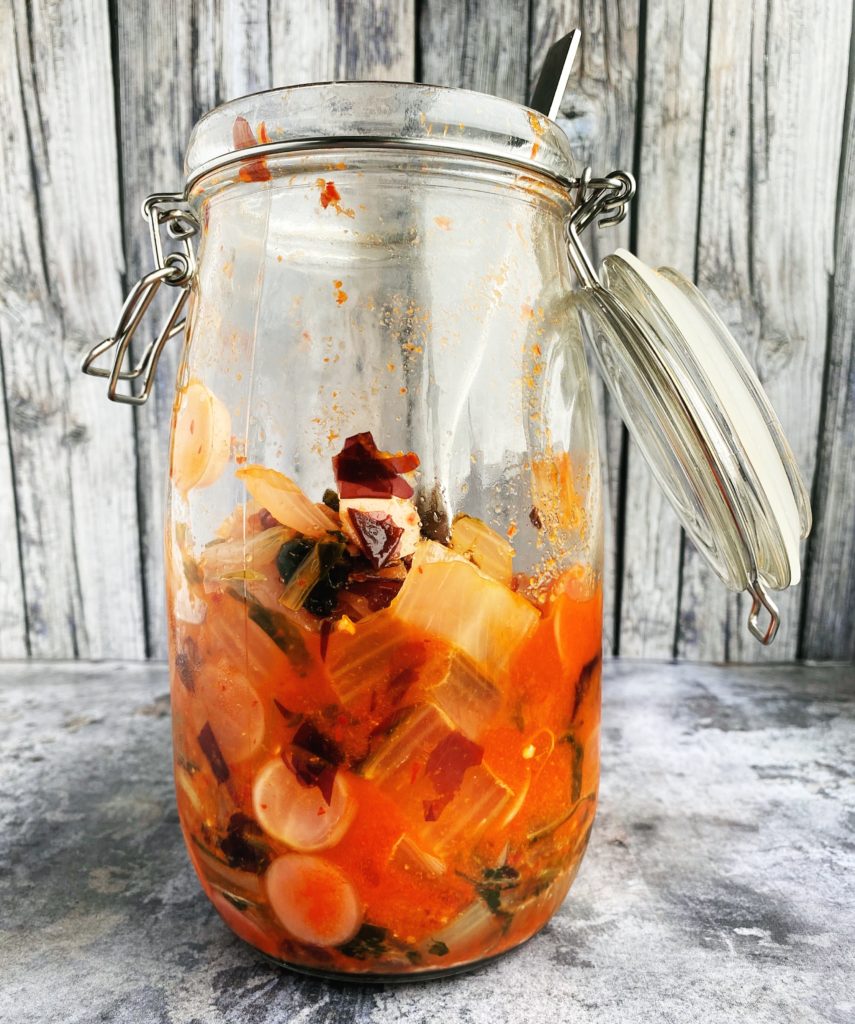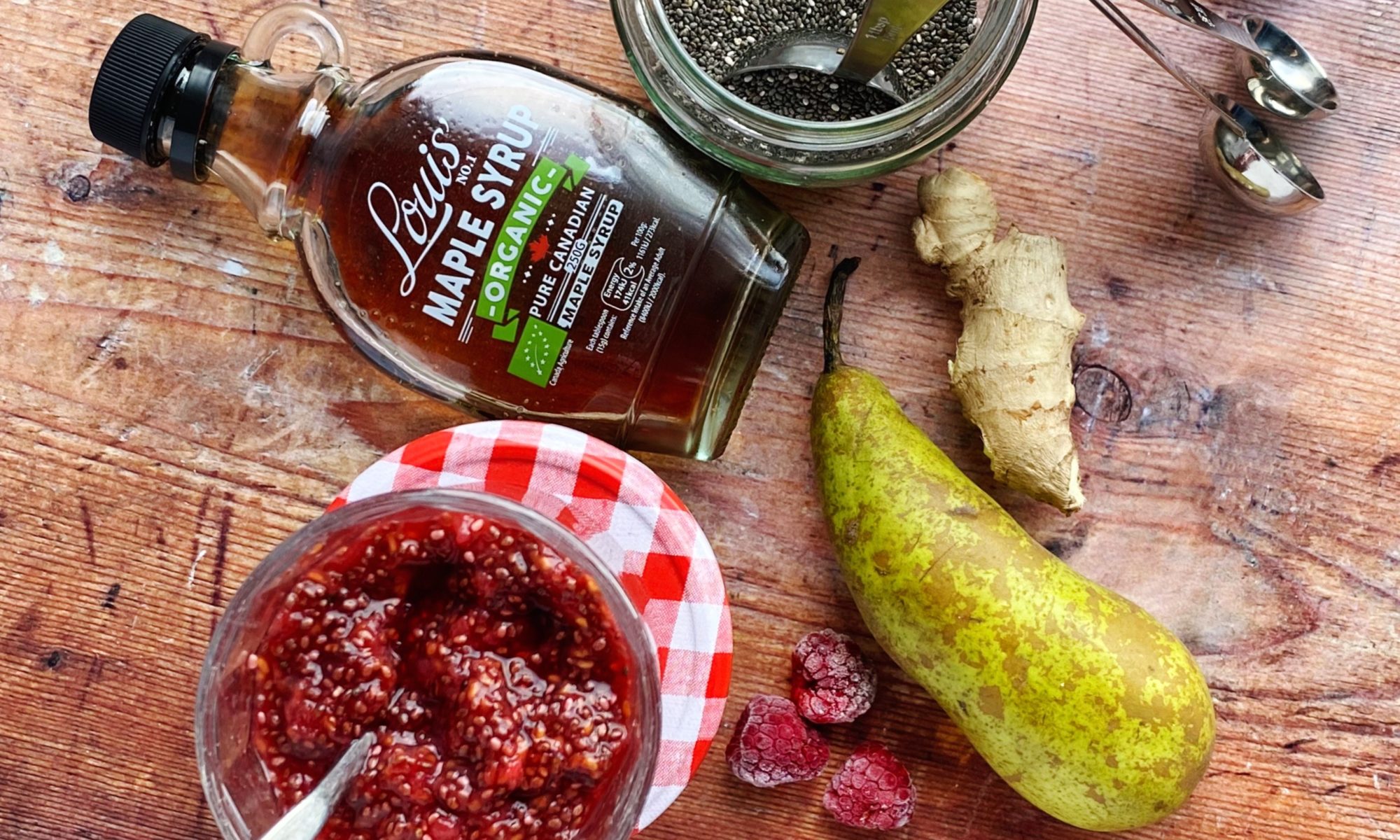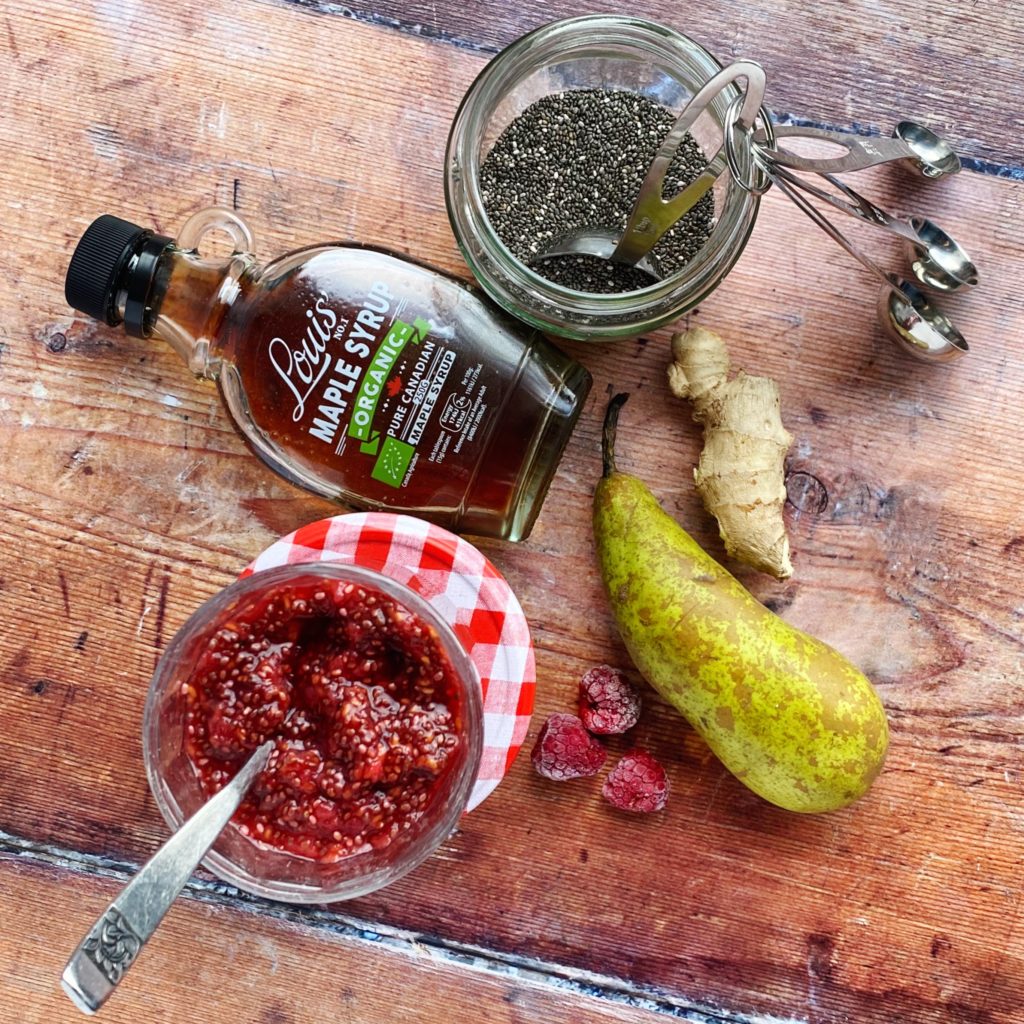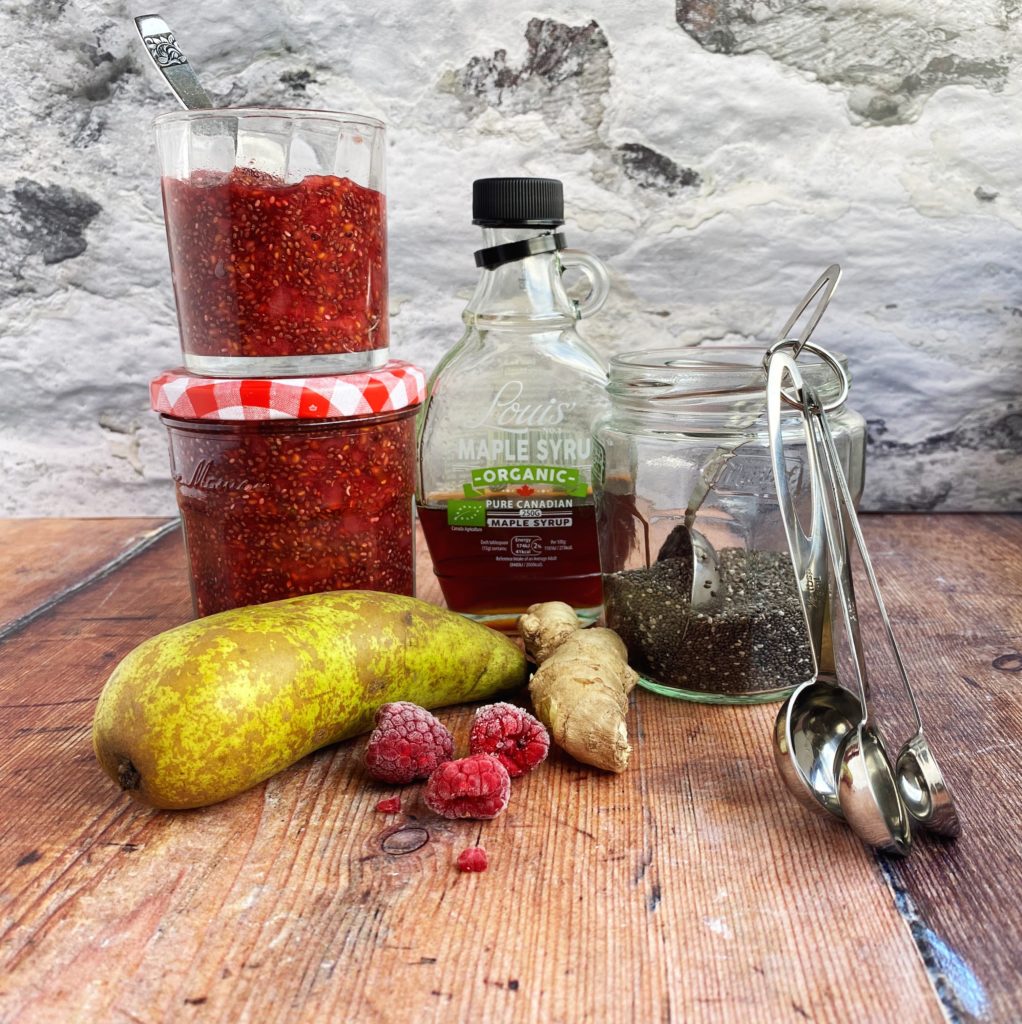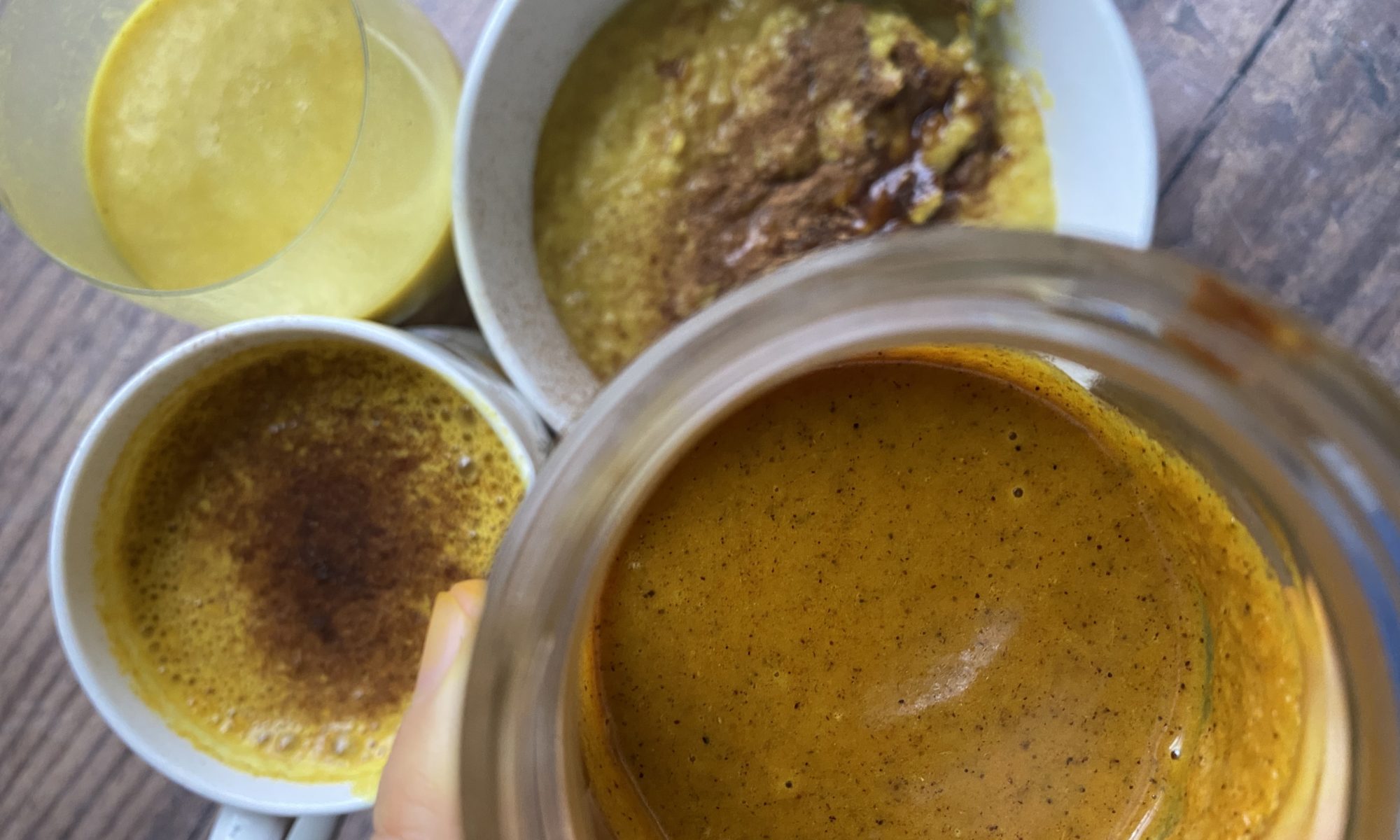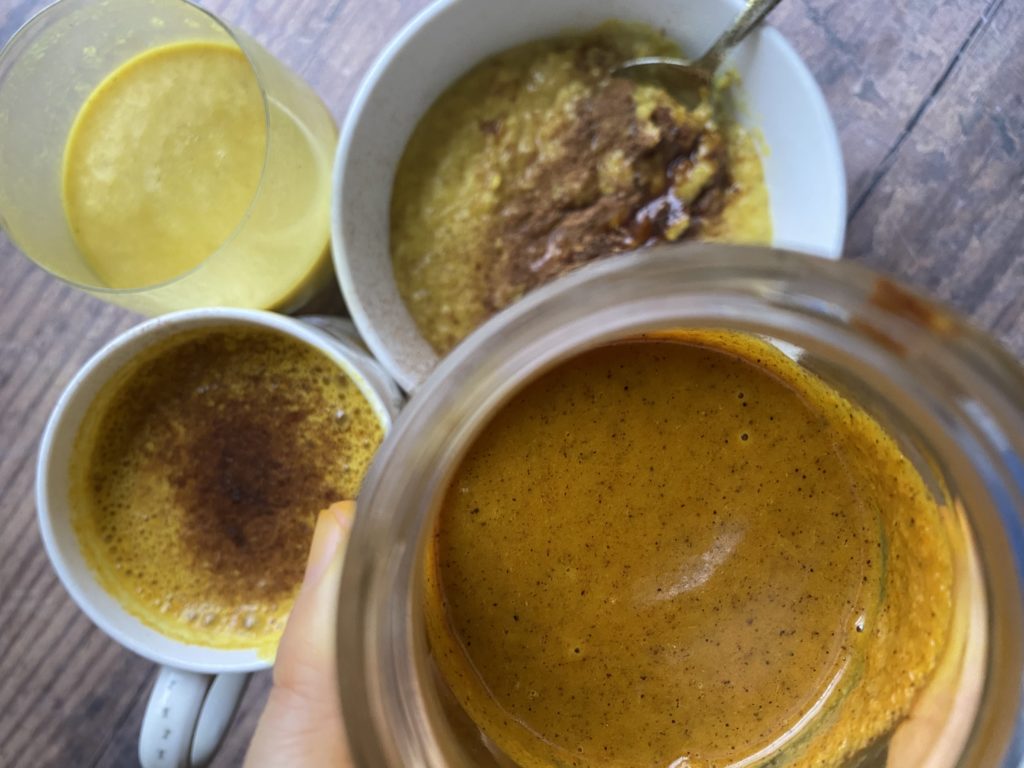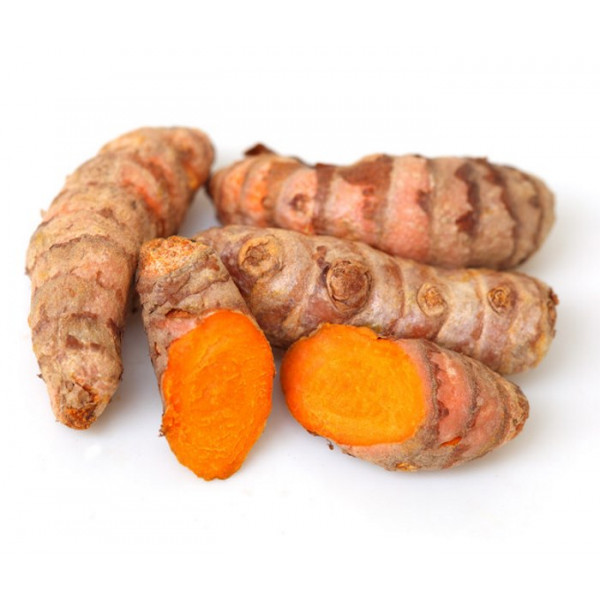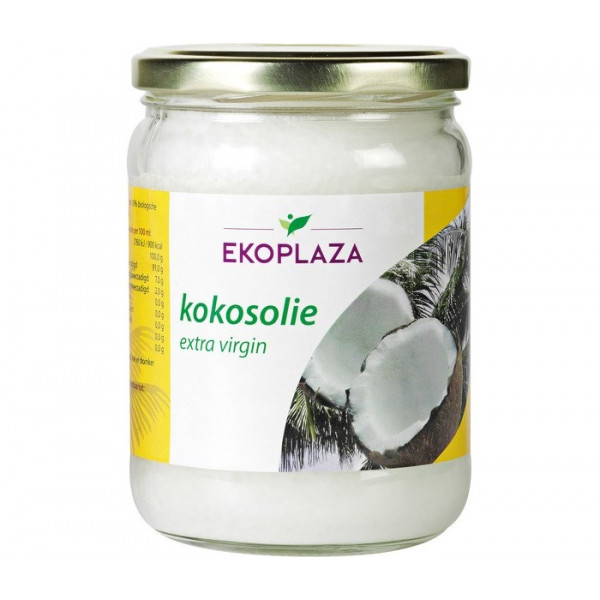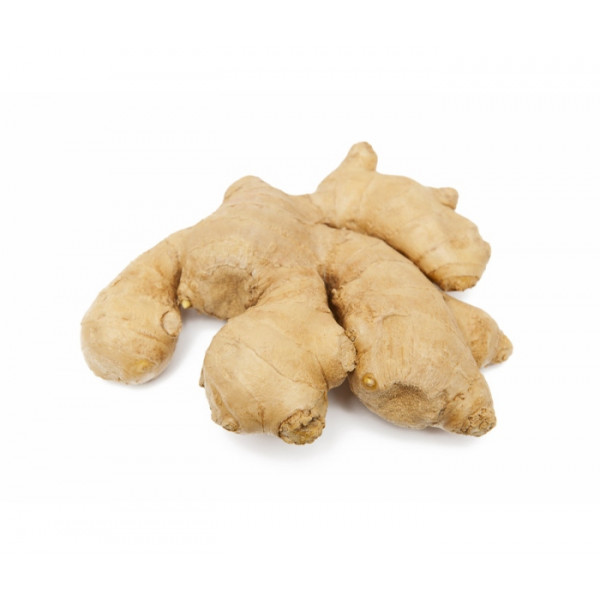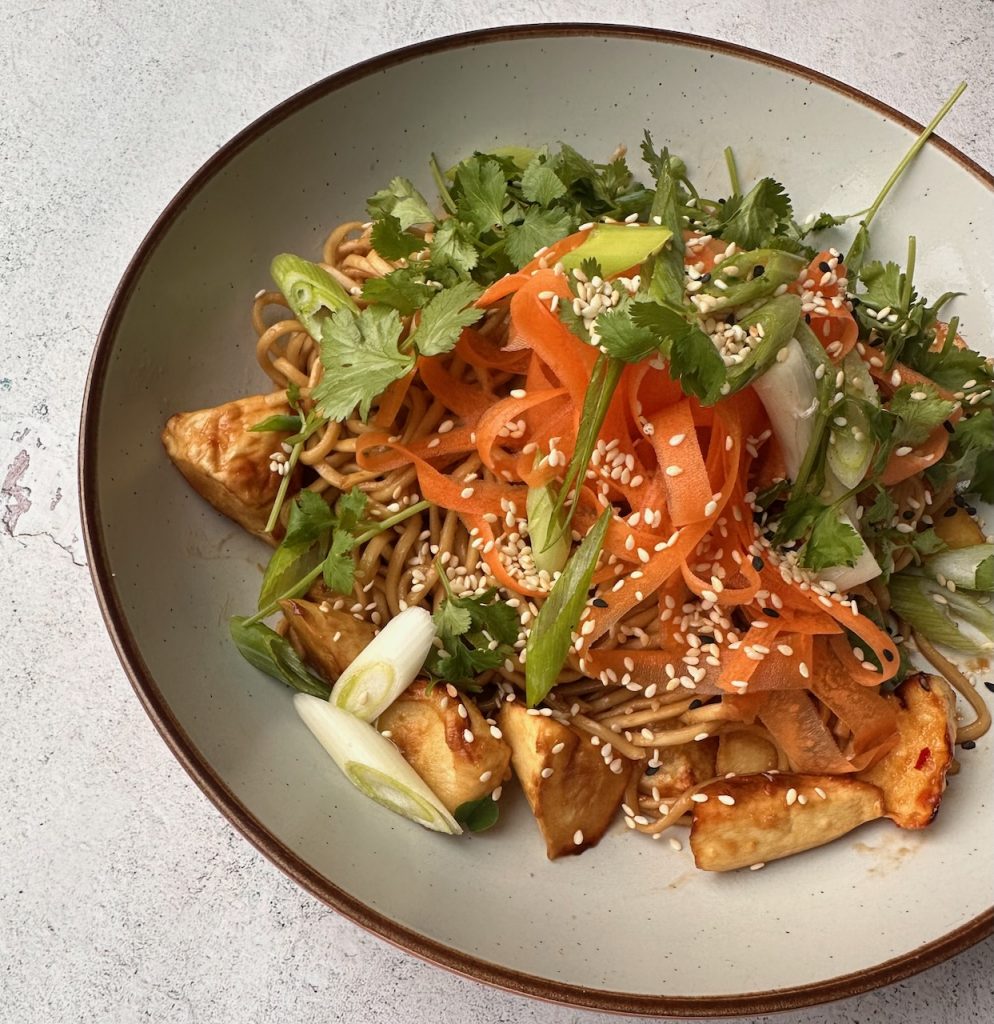
This dish makes for and tasty quick supper. Noodle bowls are a great way to use up leftover veggies. They work well for cooked veg and grated or thinly sliced raw veg too as well as using soft herbs to finish it off.
It’s a great dish too if you’re fighting winter colds, just amp up the ginger and garlic to ward off the sniffles!
Any noodles will do, Chinese thin ones, rice noodles or even spaghetti, if you are stuck.
Lou 🙂
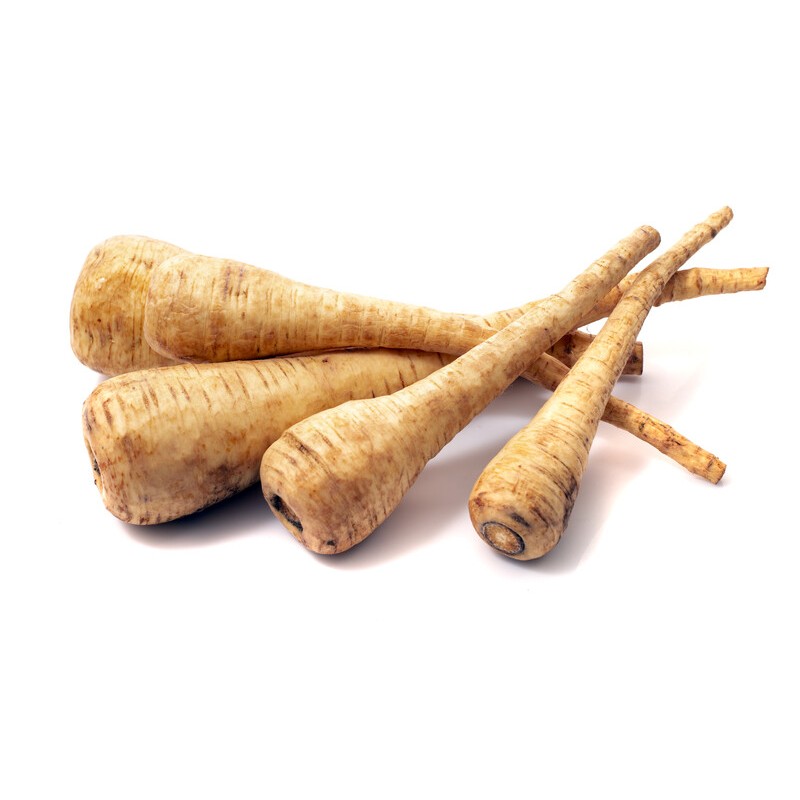
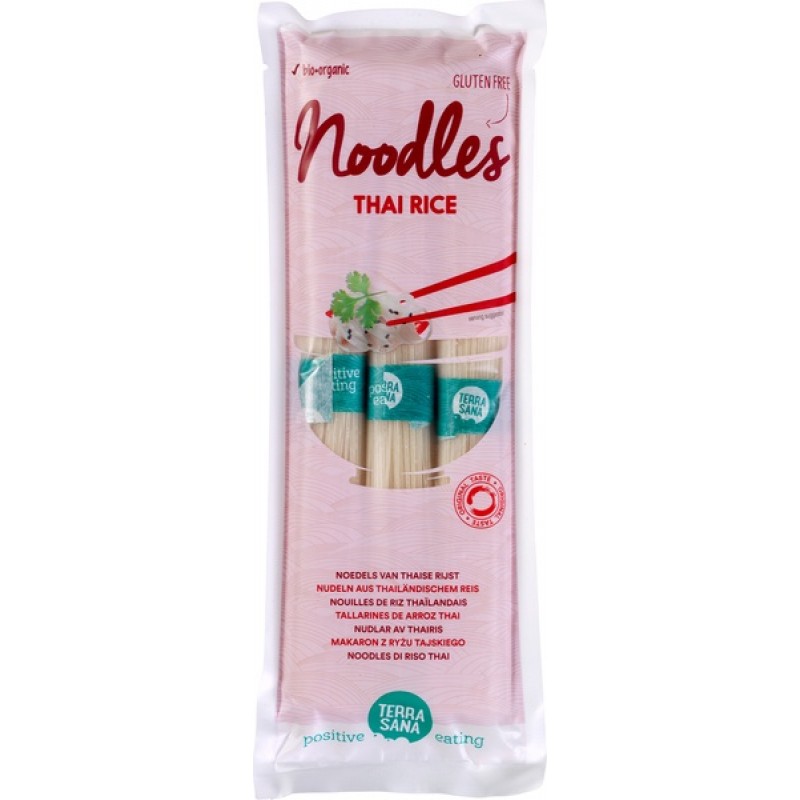
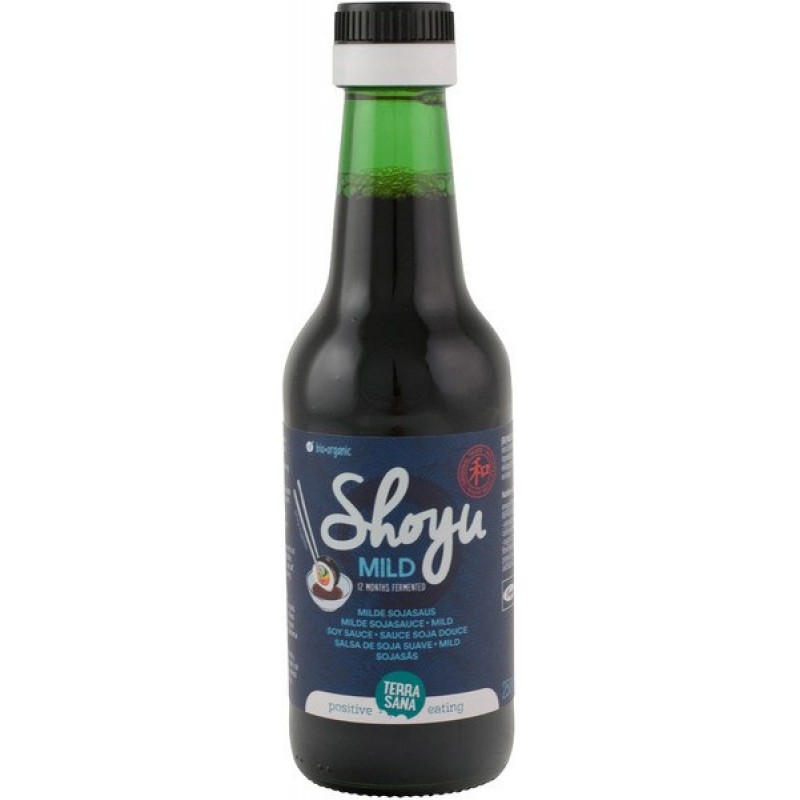
Ingredients: serves 2
- 2 parsnips, chopped
- 2 tablespoon soya sauce
- 1 tsp oil
- 2 tablespoon maple syrup
- 1 carrot, peeled into ribbons
- 2 spring onion, sliced
- 2 tablespoons fresh coriander, chopped
- 2 tablespoons of sesame seeds to sprinkle on top
- 200g noodles – cook as per packet
- For the sauce:
- 1 tsp oil
- 6 tablespoons soy sauce
- 3 tablespoons sweet chilli
- 2 tablespoon honey or maple syrup
- 2 tablespoons fresh ginger, grated (about 1/2 inch)
- 1-2 fat clove garlic, grated
- salt and pepper to toaste
Method:
- Preheat the oven 180c.
- Prepare the parsnips first. Clean them and chop into chunks add to a bowl.
- Add 2 tablespoon of soy sauce, a teaspoon of oil and 2 tablespoon of maple syrup to the parsnips, toss to coat and roast in the oven for 15-20 minutes until cooked. (Alternatively air fry at 170c for 12 minutes approx) Toast the sesame seeds in the over at the same time for 5 or so minutes.
- In the meantime cook noodles as per the packet- usually 8 minutes in boiling salted water.
- Clean the carrot and peel it into ribbons, set aside.
- Chop the spring onions into long fine sliced, and roughly chop the coriander.
- To make the sauce add the soy sauce, oil, sweet chilli sauce, honey to a bowl. Add in the grated ginger and garlic, add salt and pepper if needed. Whisk well.
- Heat a frying pan on a medium heat, add in the sauce stir and cook for 1 minute, if it catches add a dash of water.
- Add the cooked noodles, toss to coat, add the roasted parsnips. Toss to mix.
- Divide between 2 serving bowls.
- Top with carrot ribbons, chopped spring onion and coriander and sprinkle with toasted sesame seeds.
